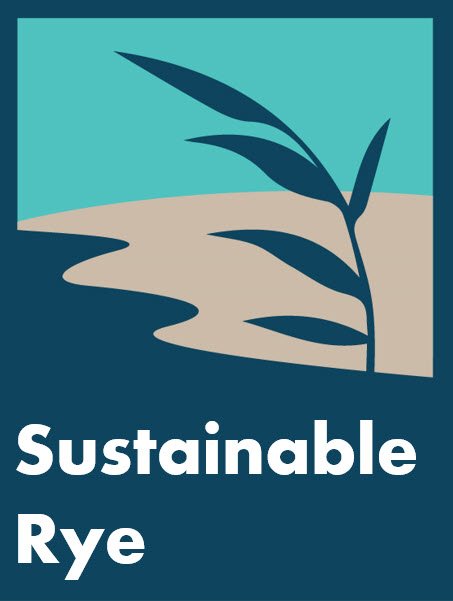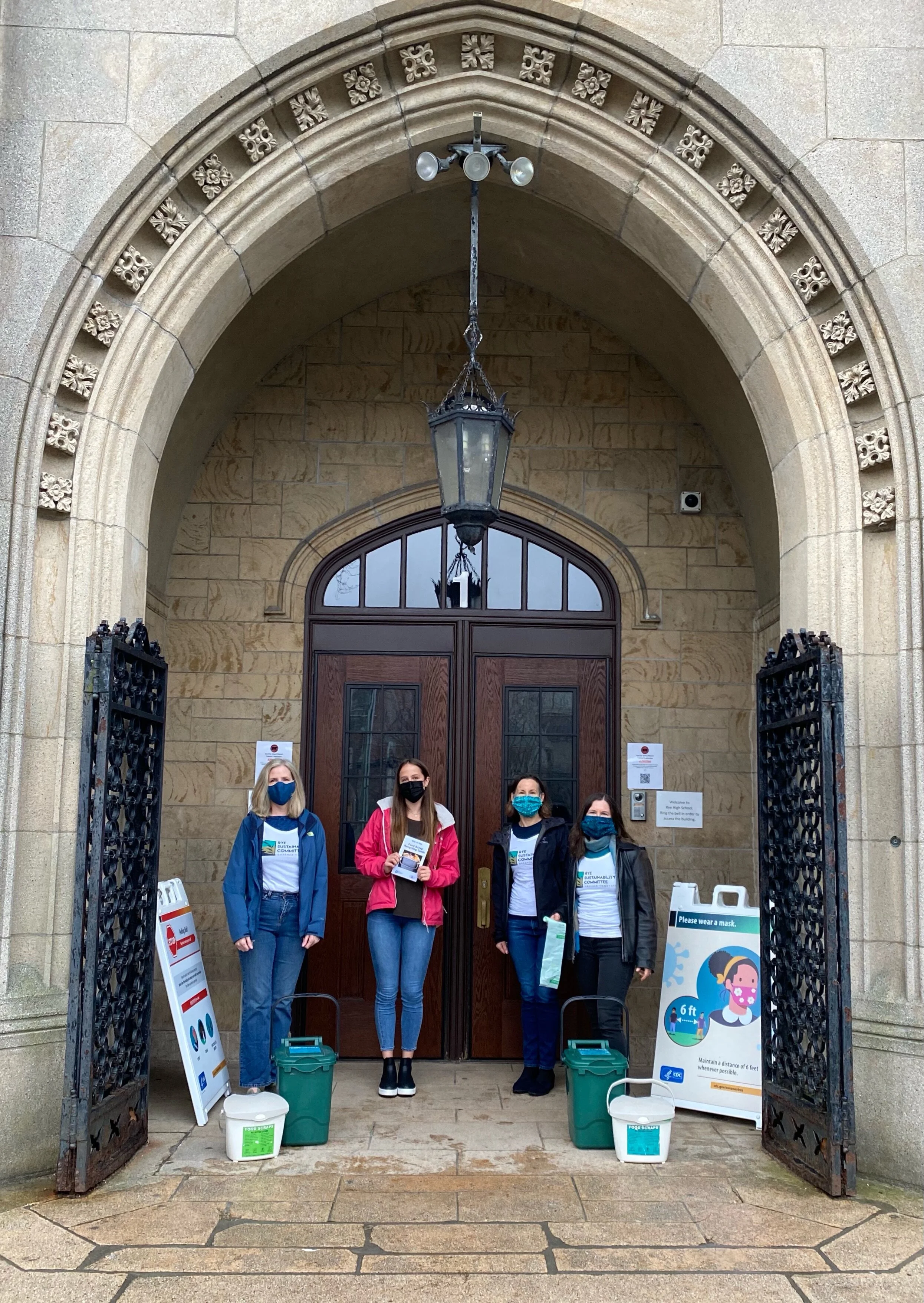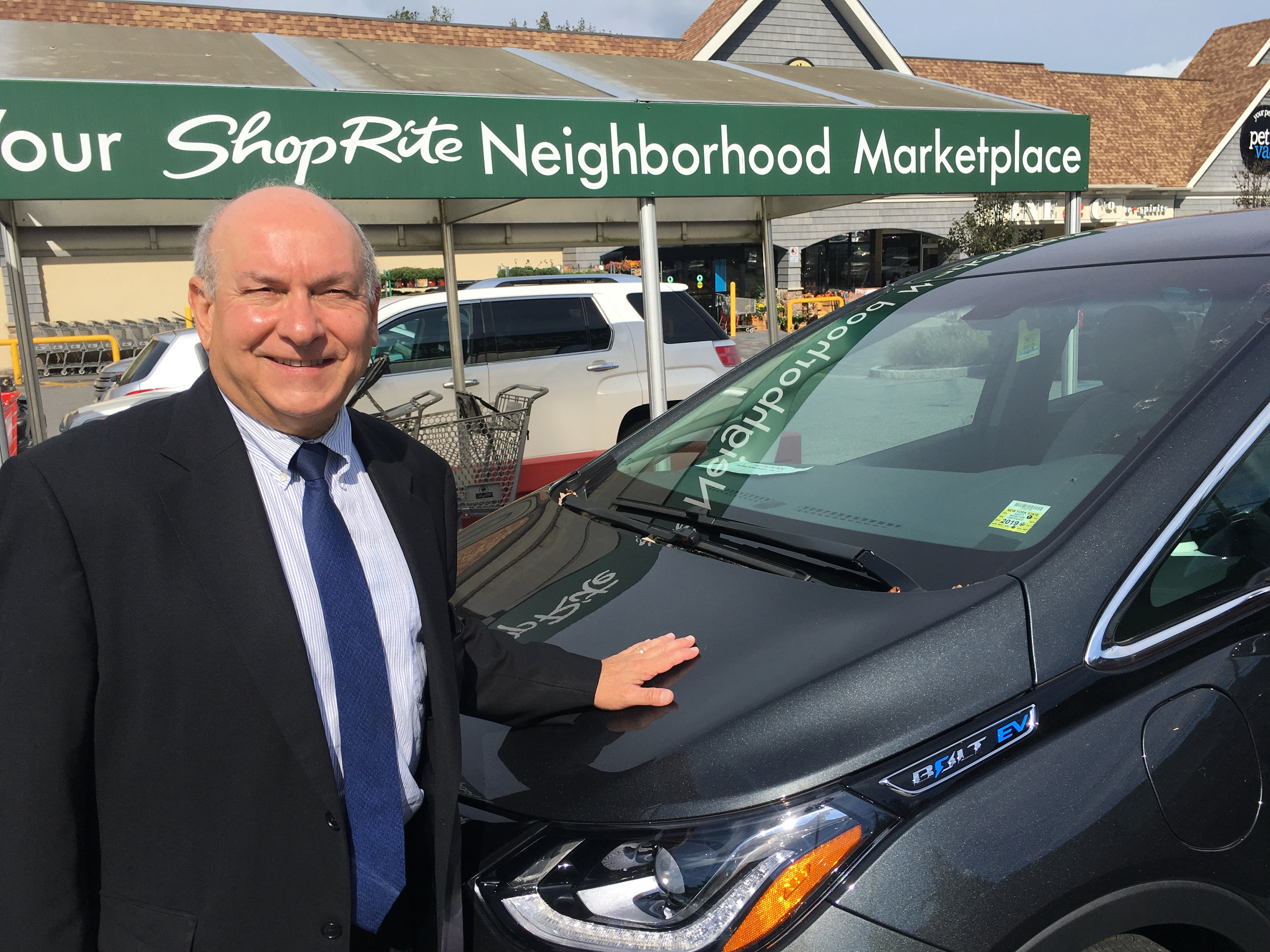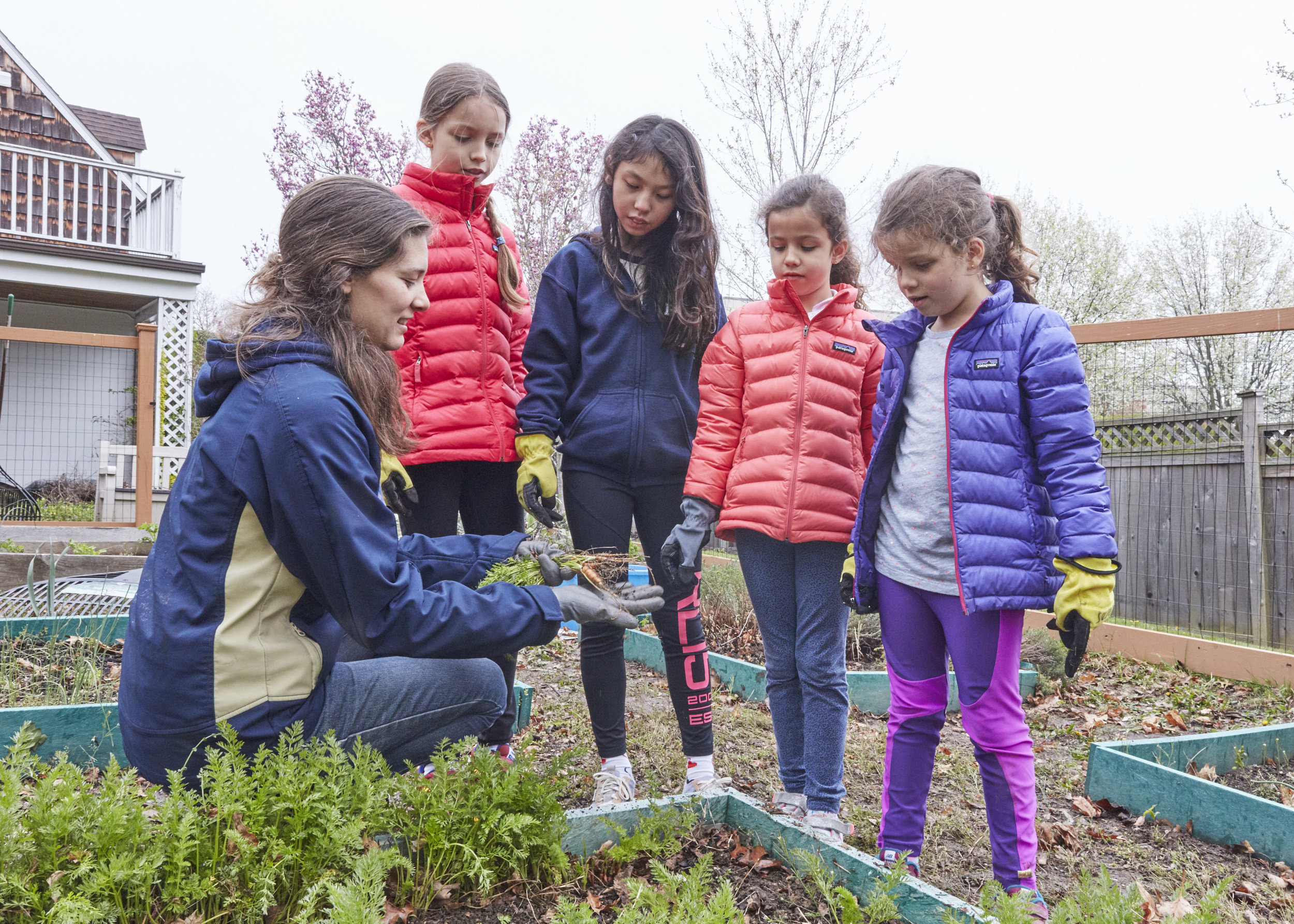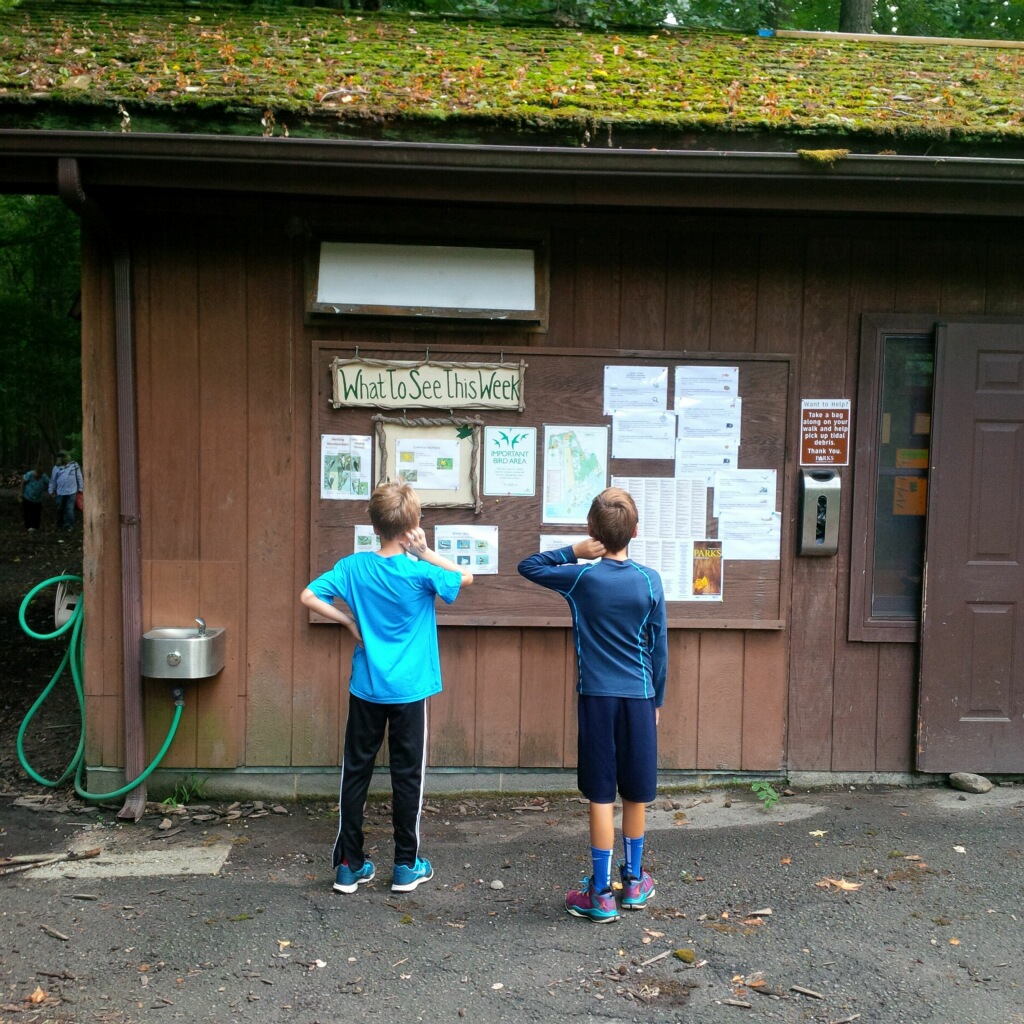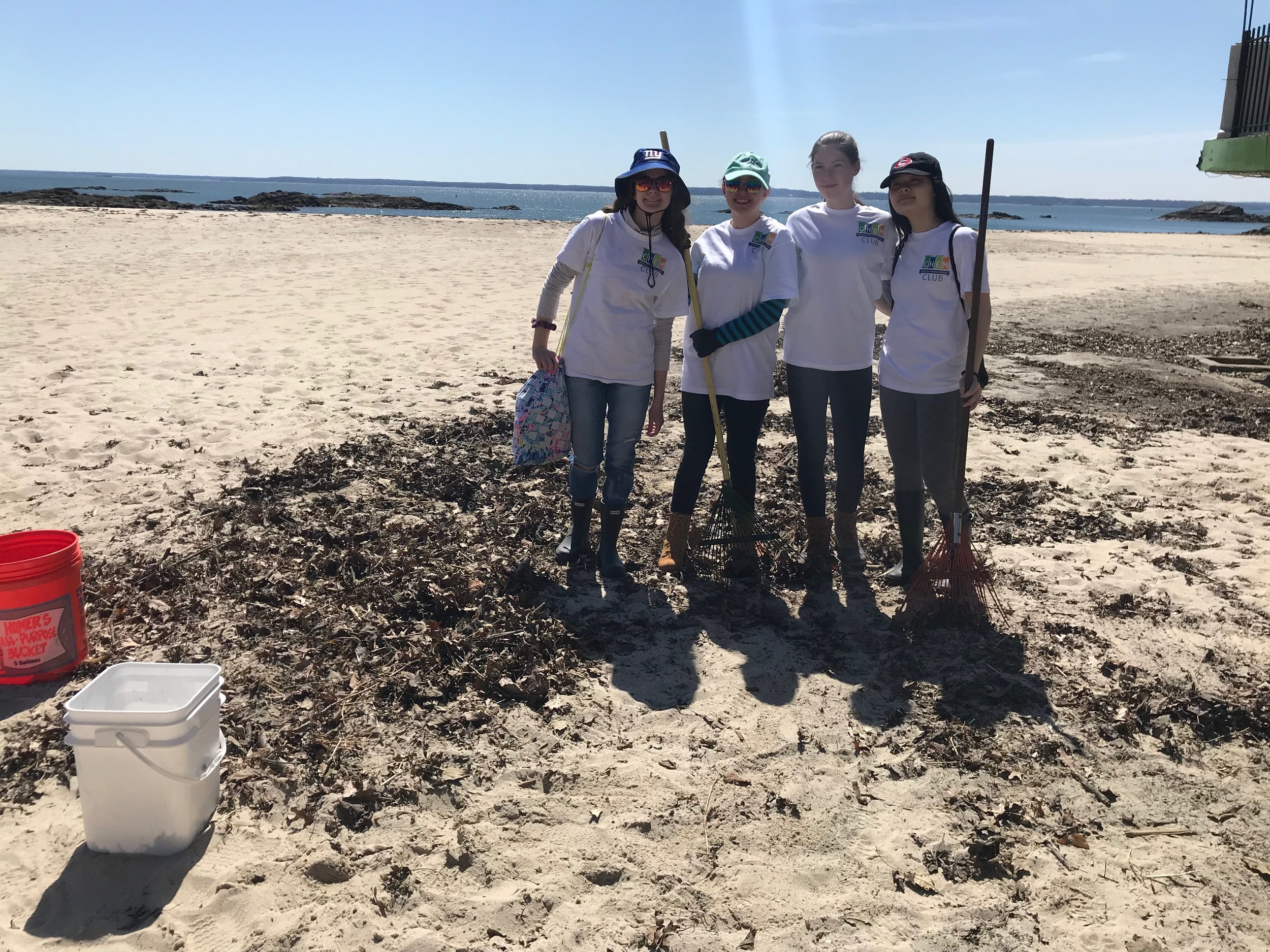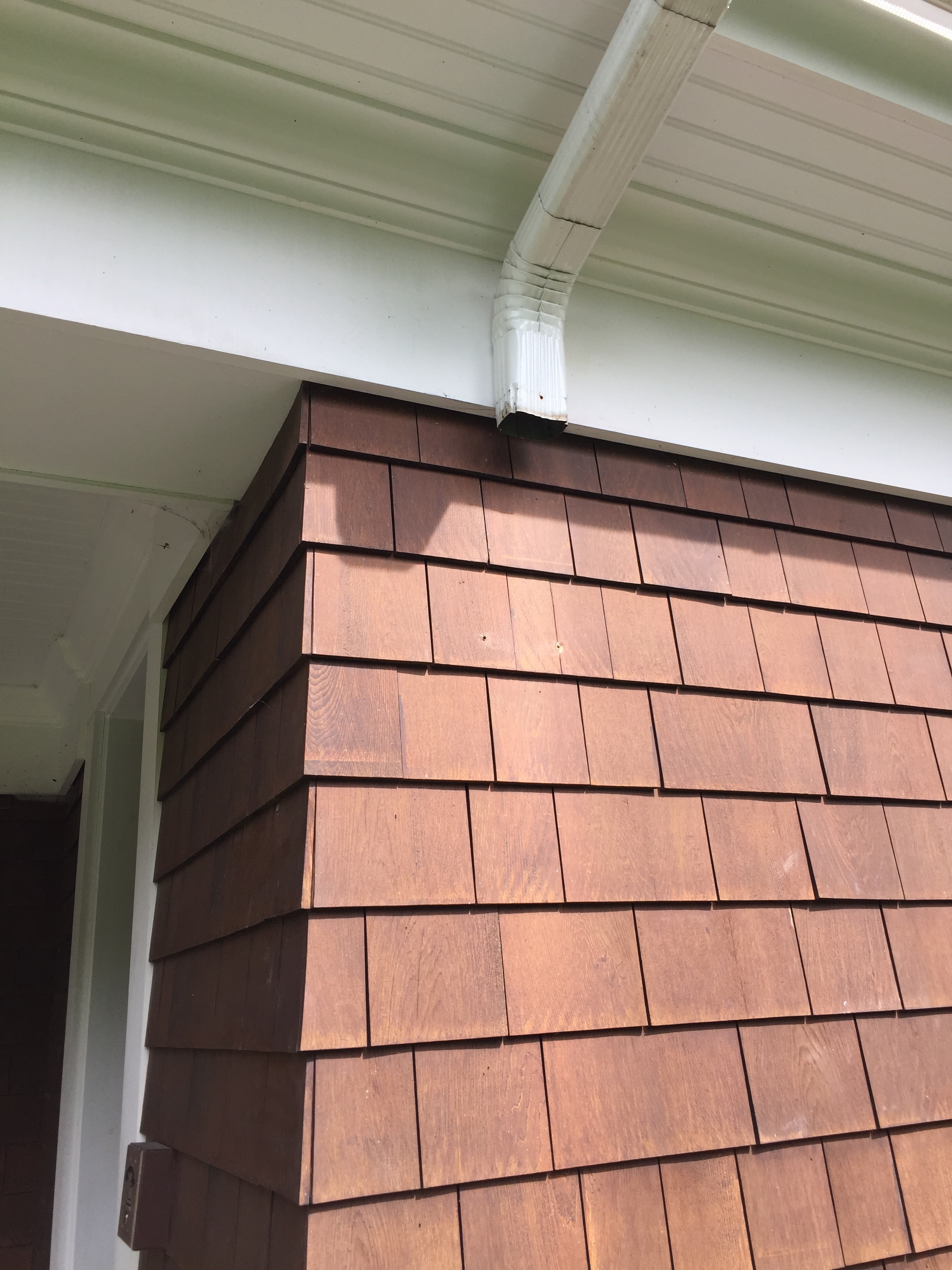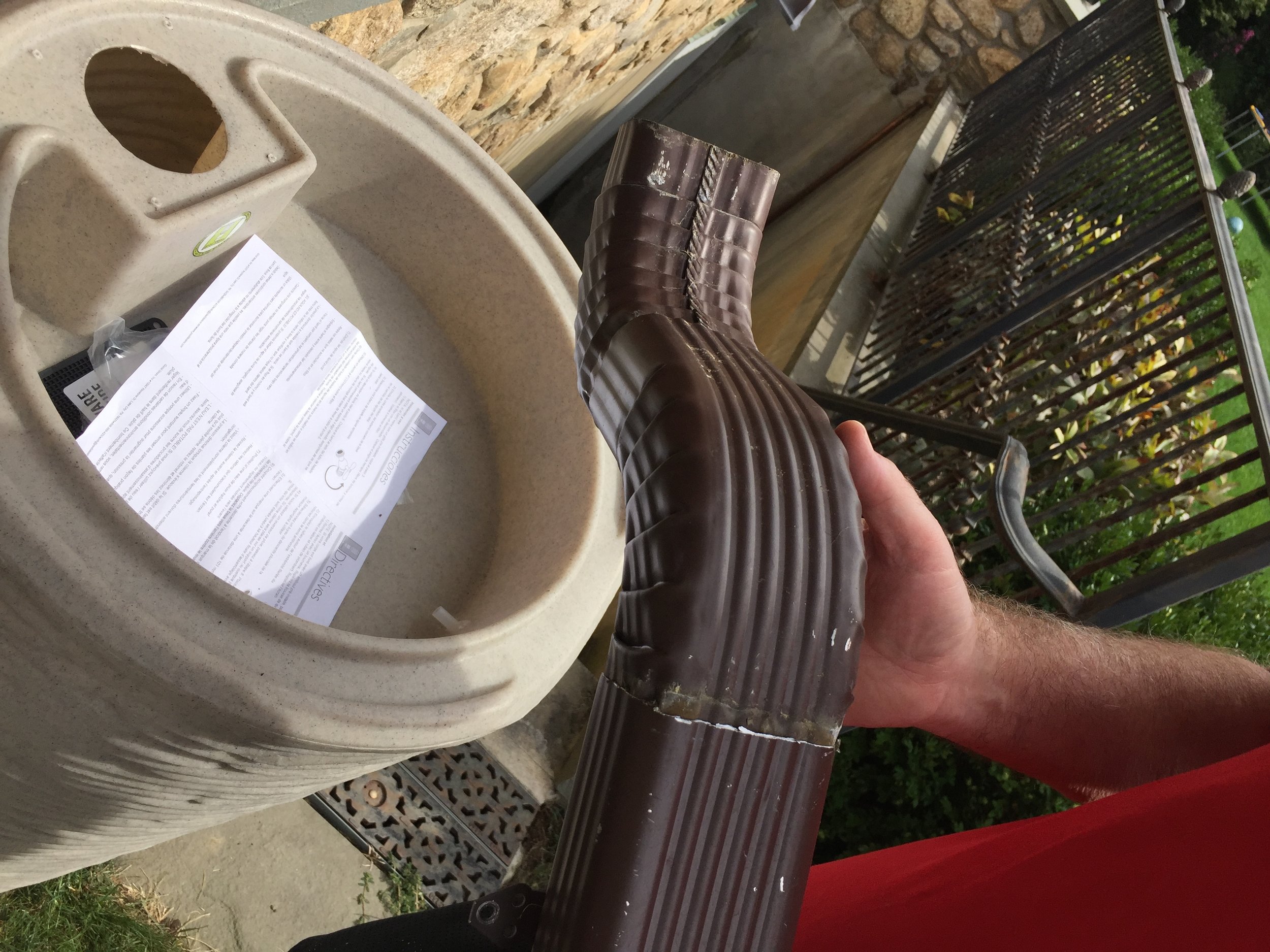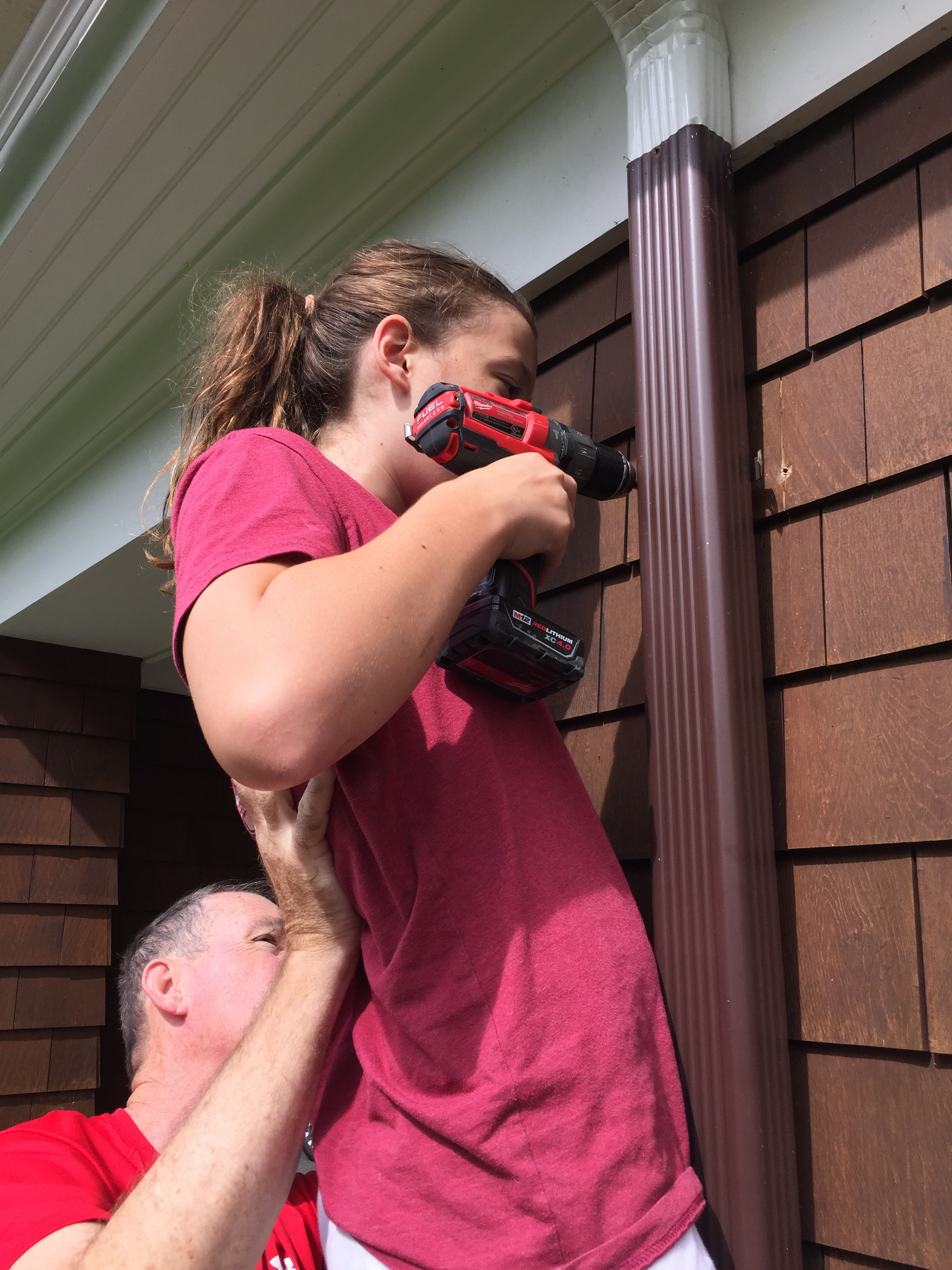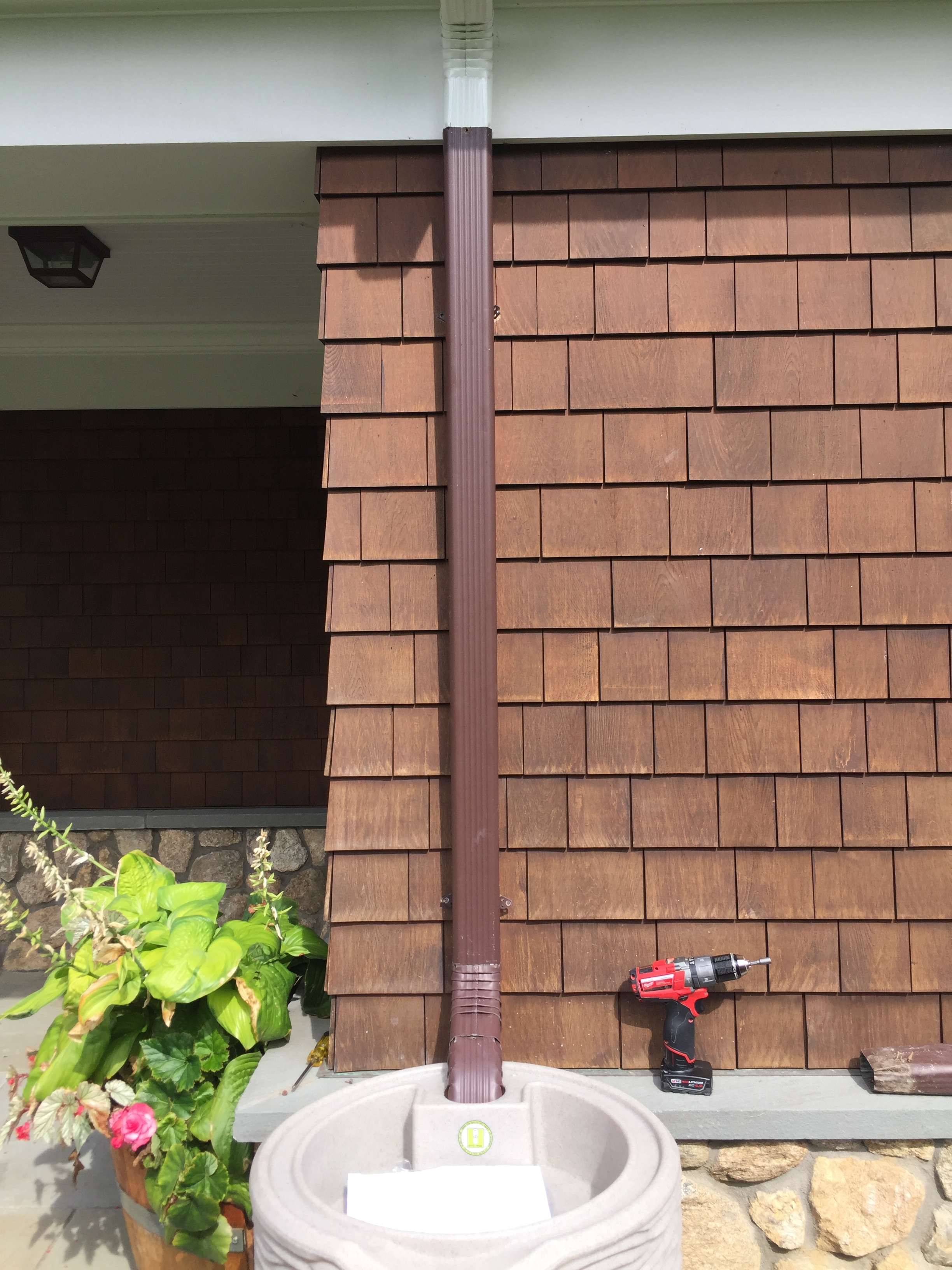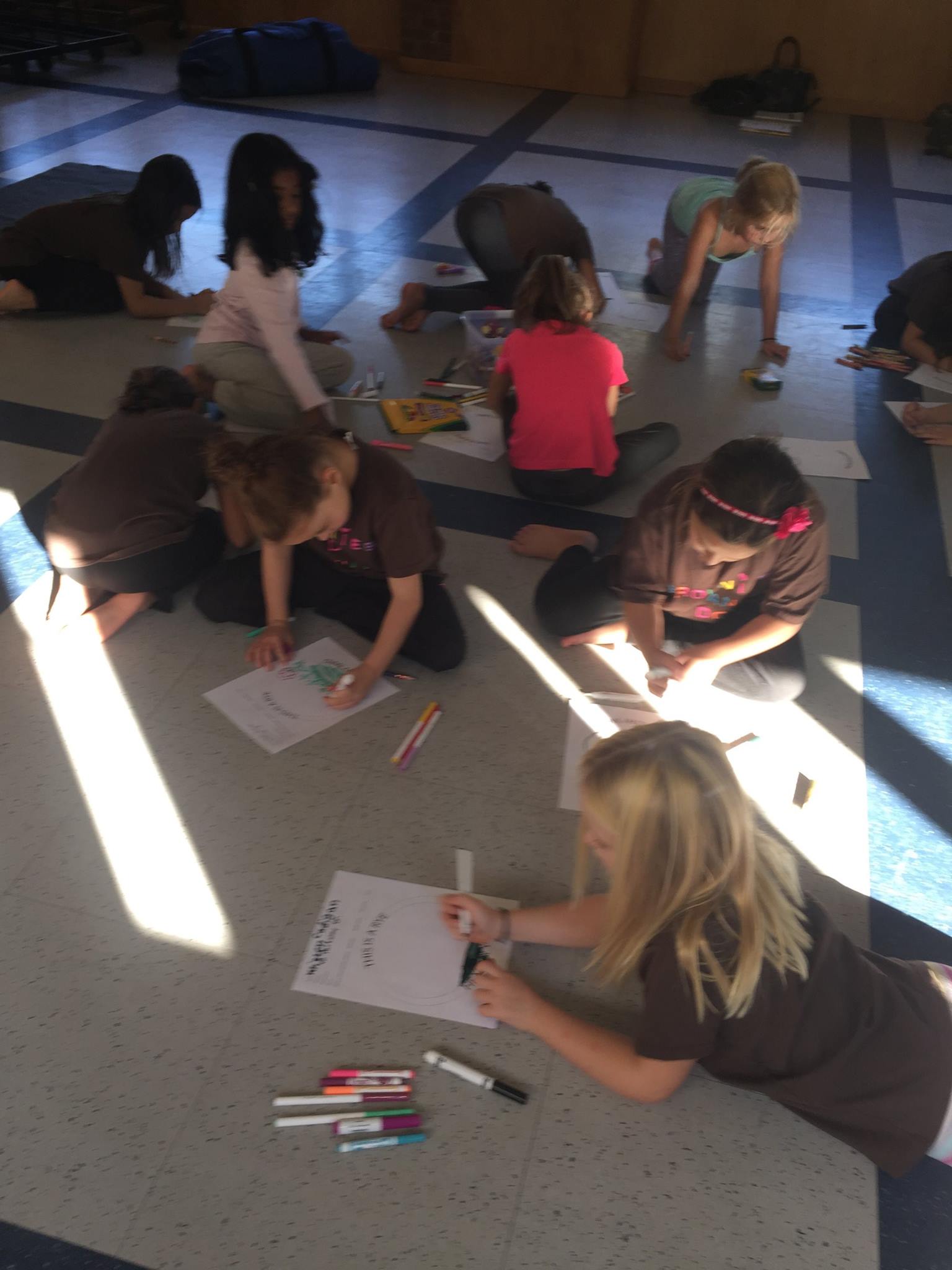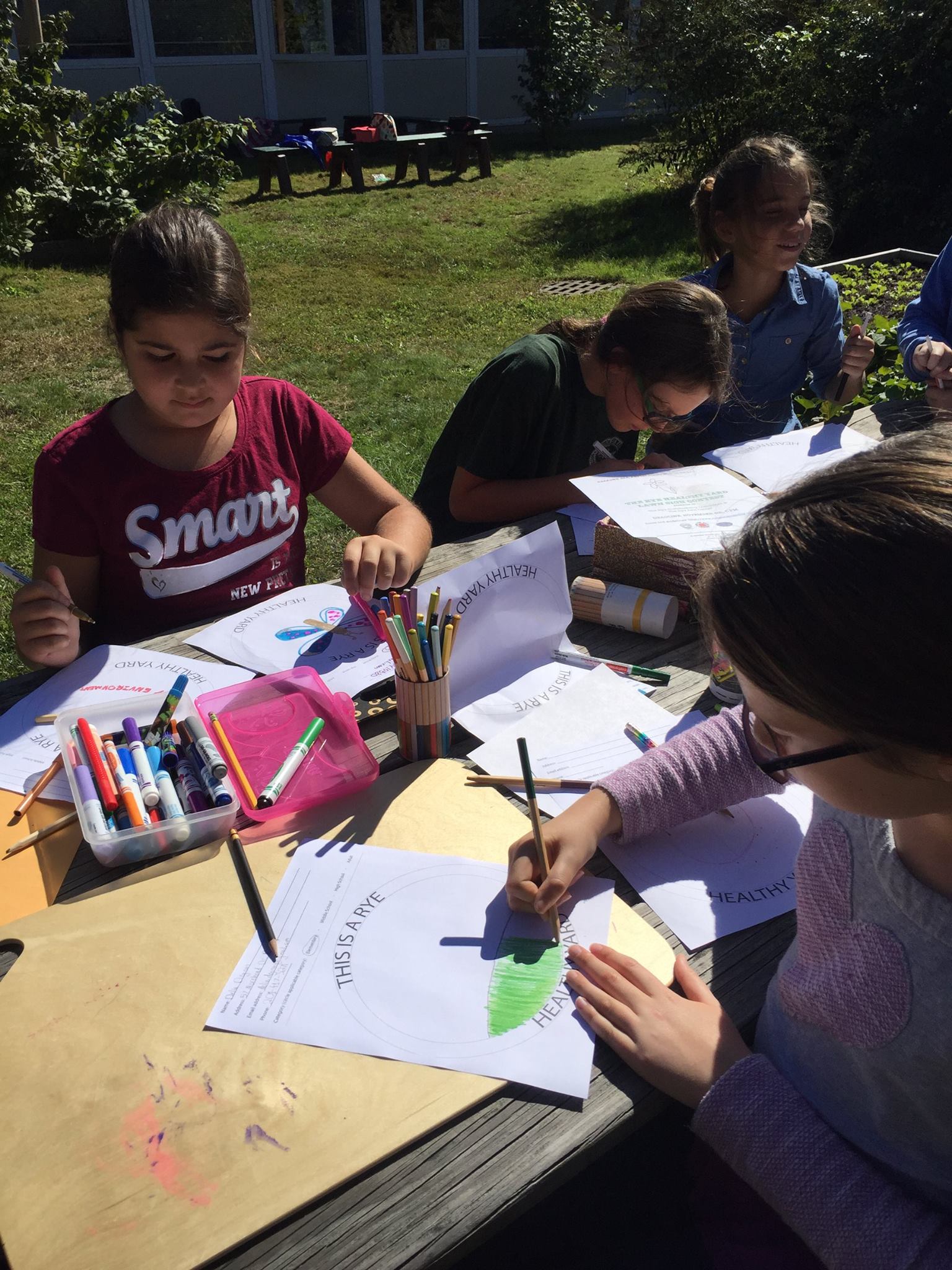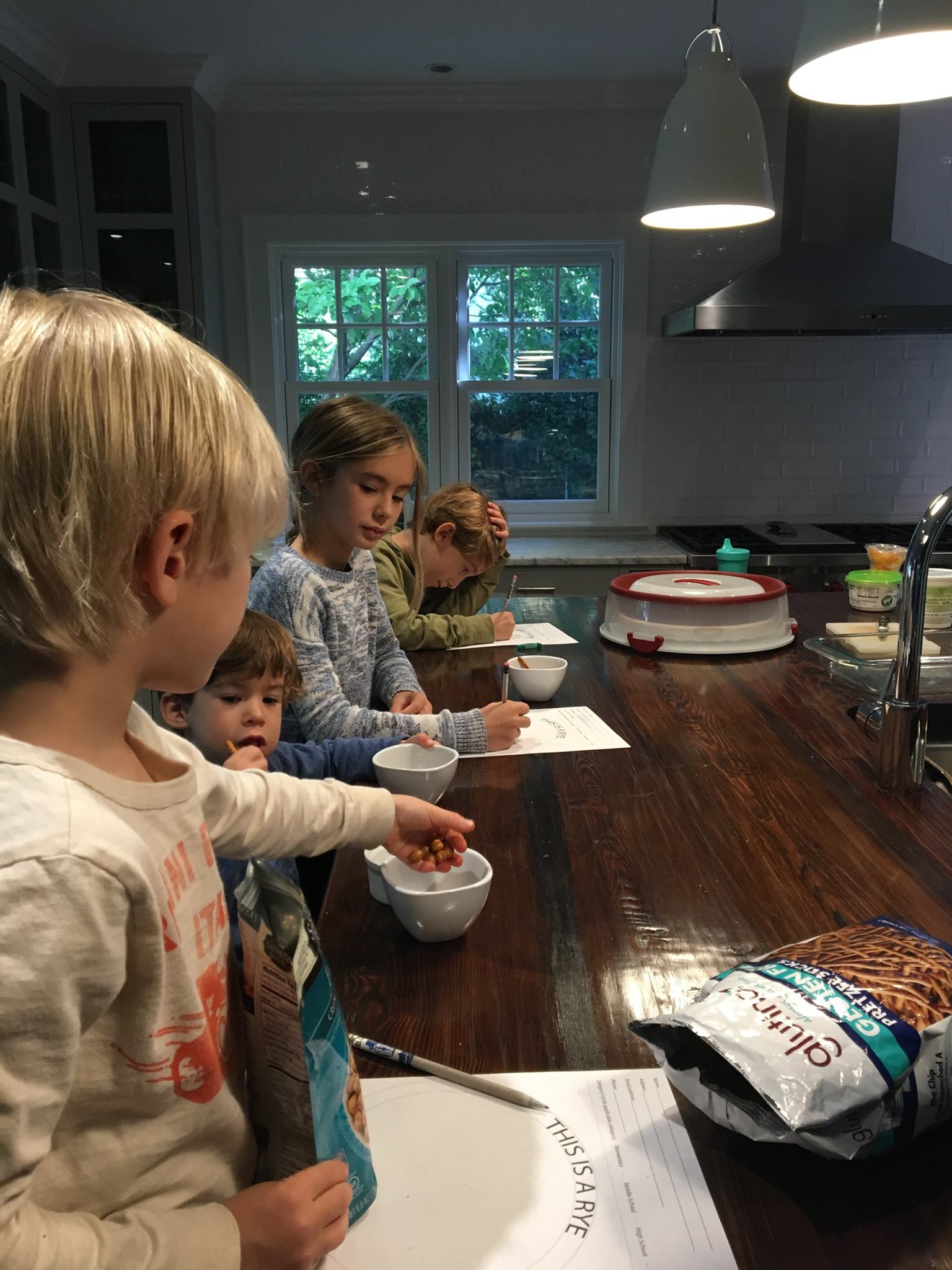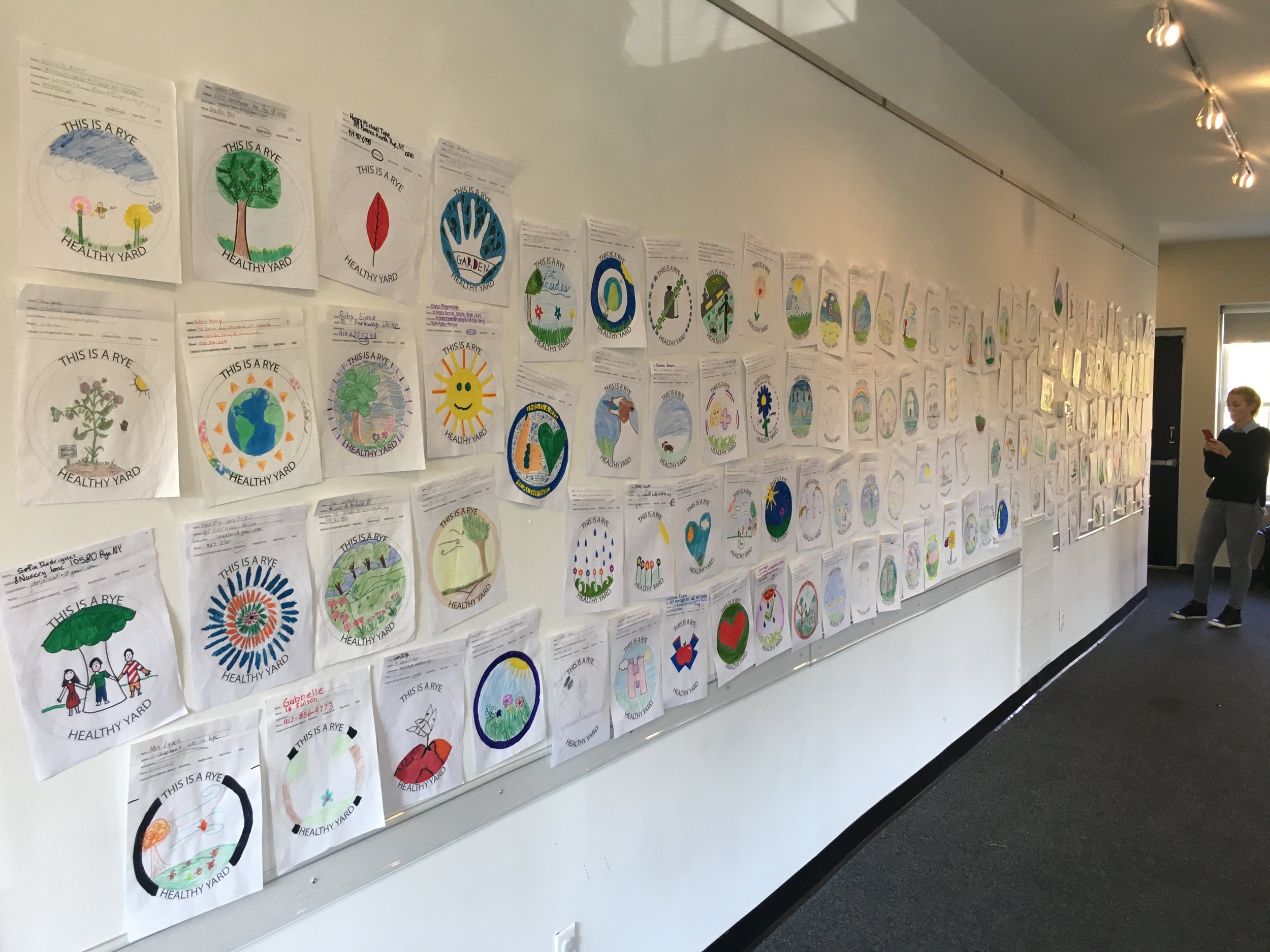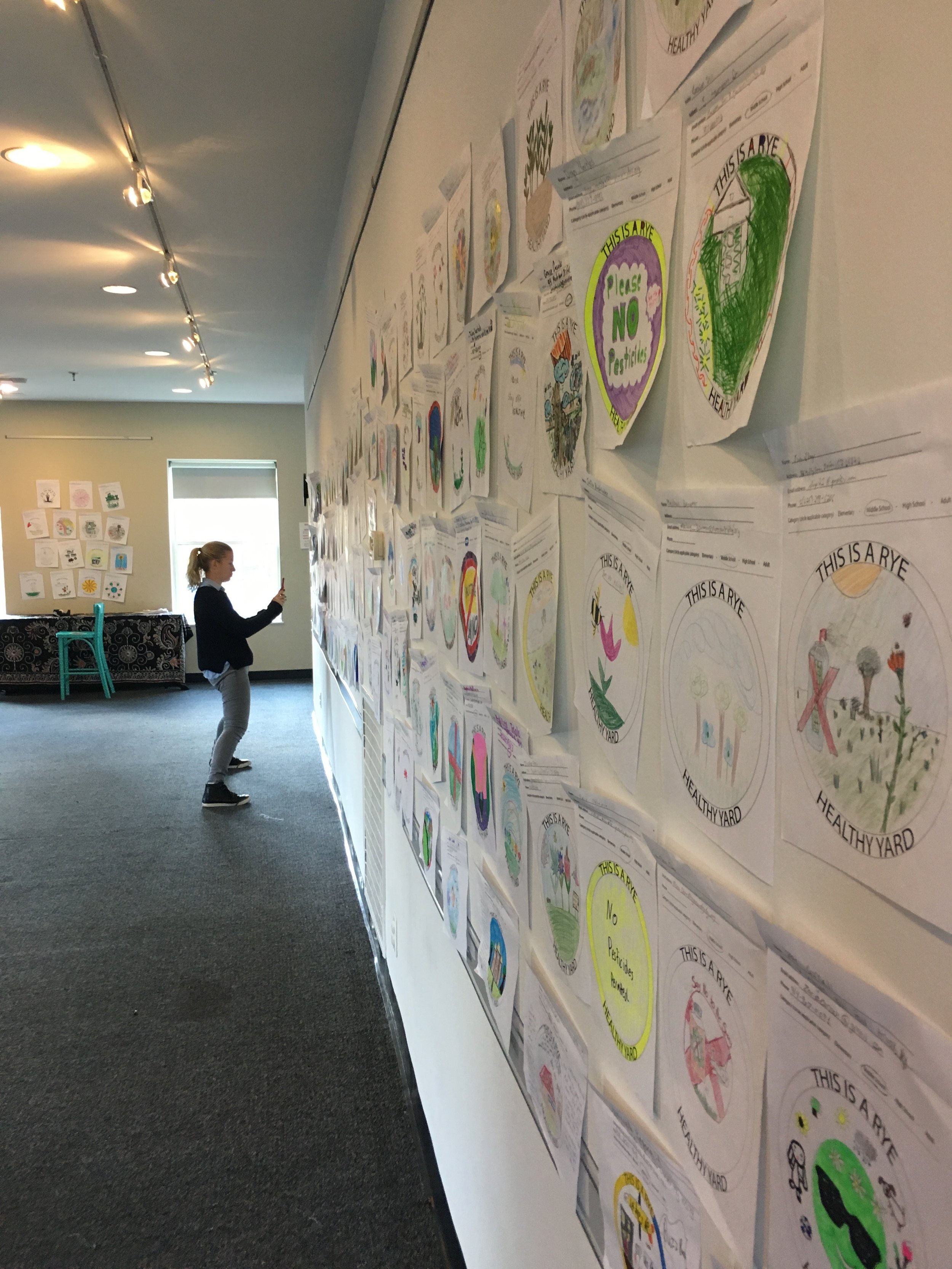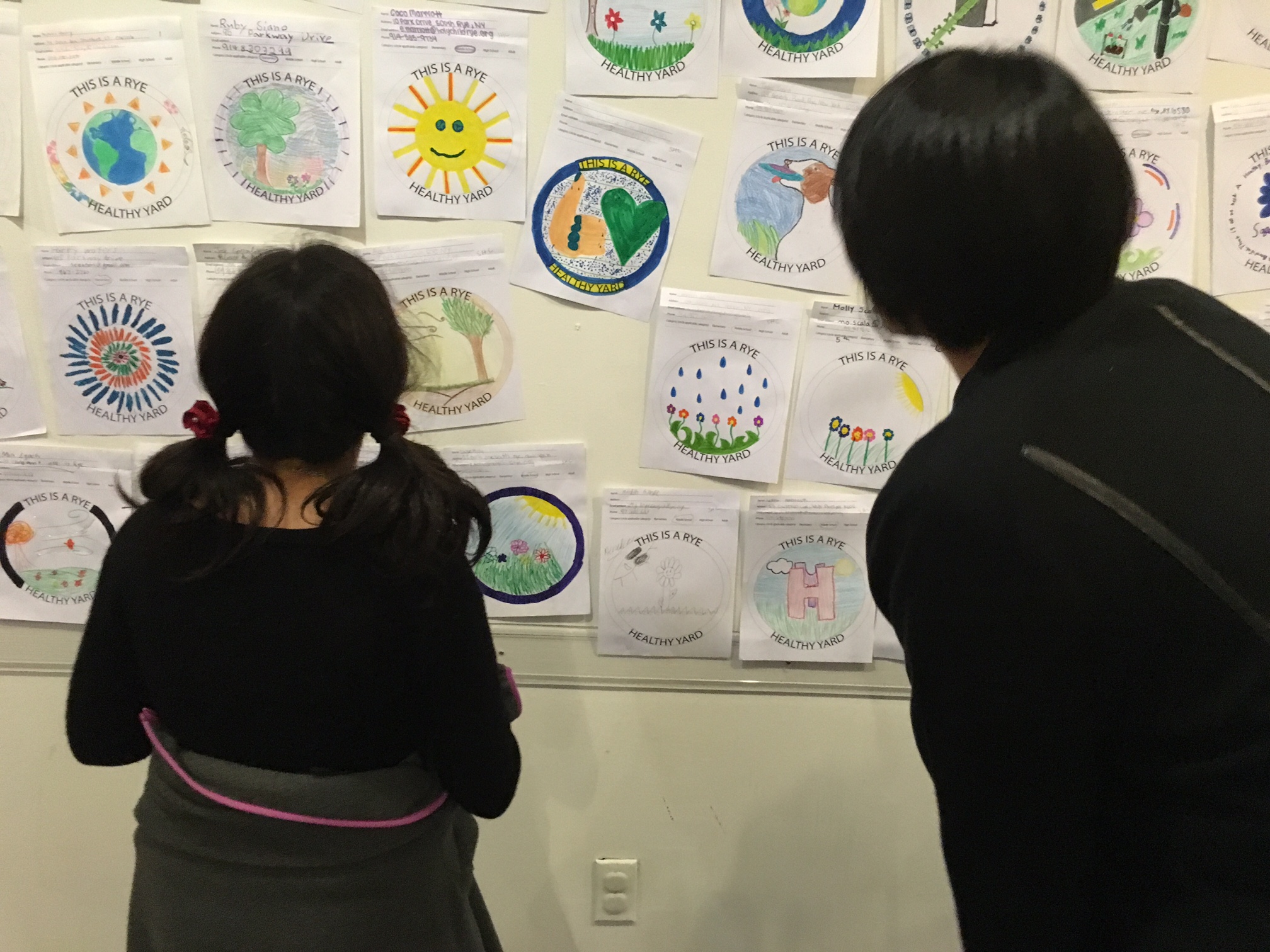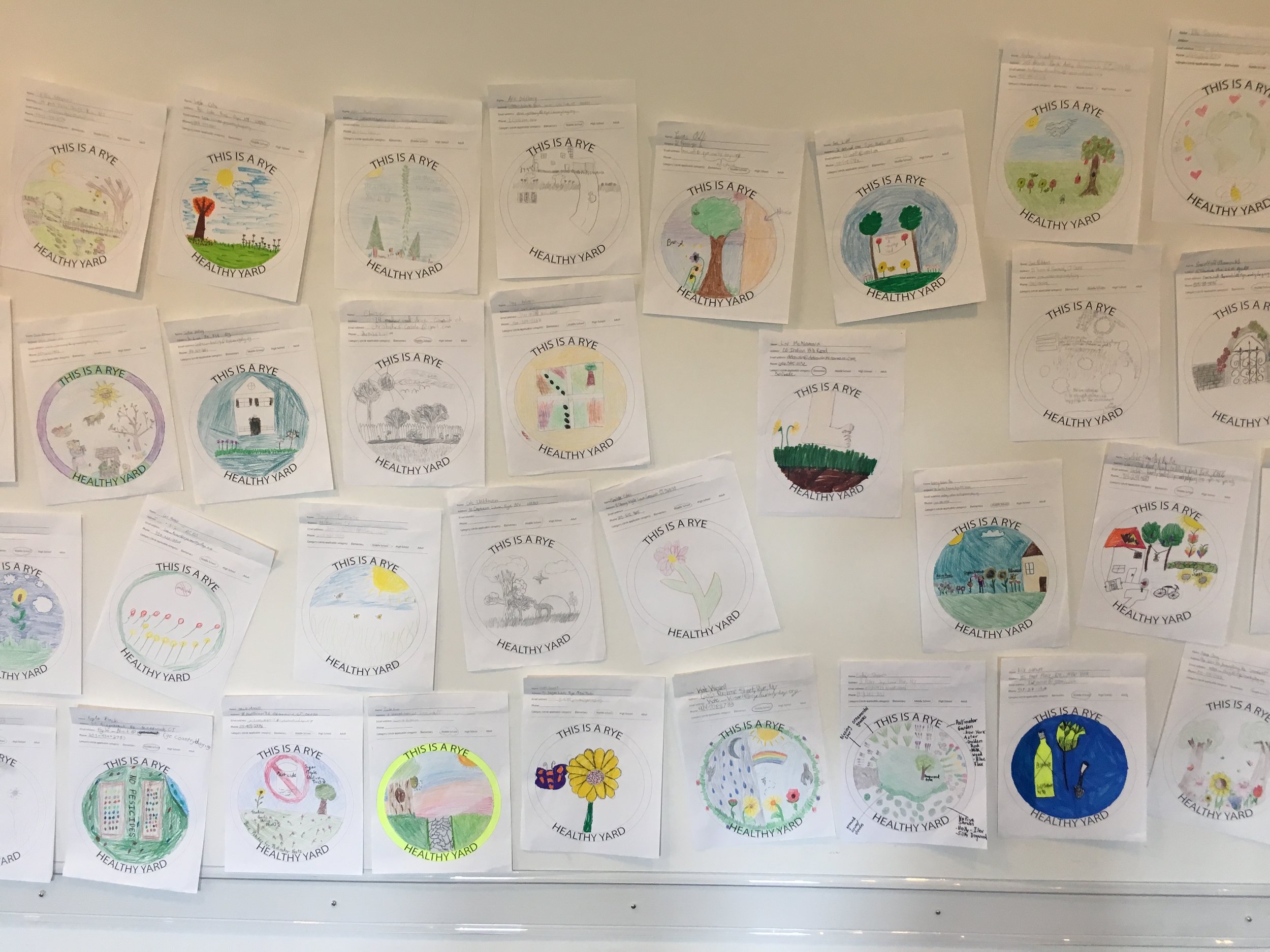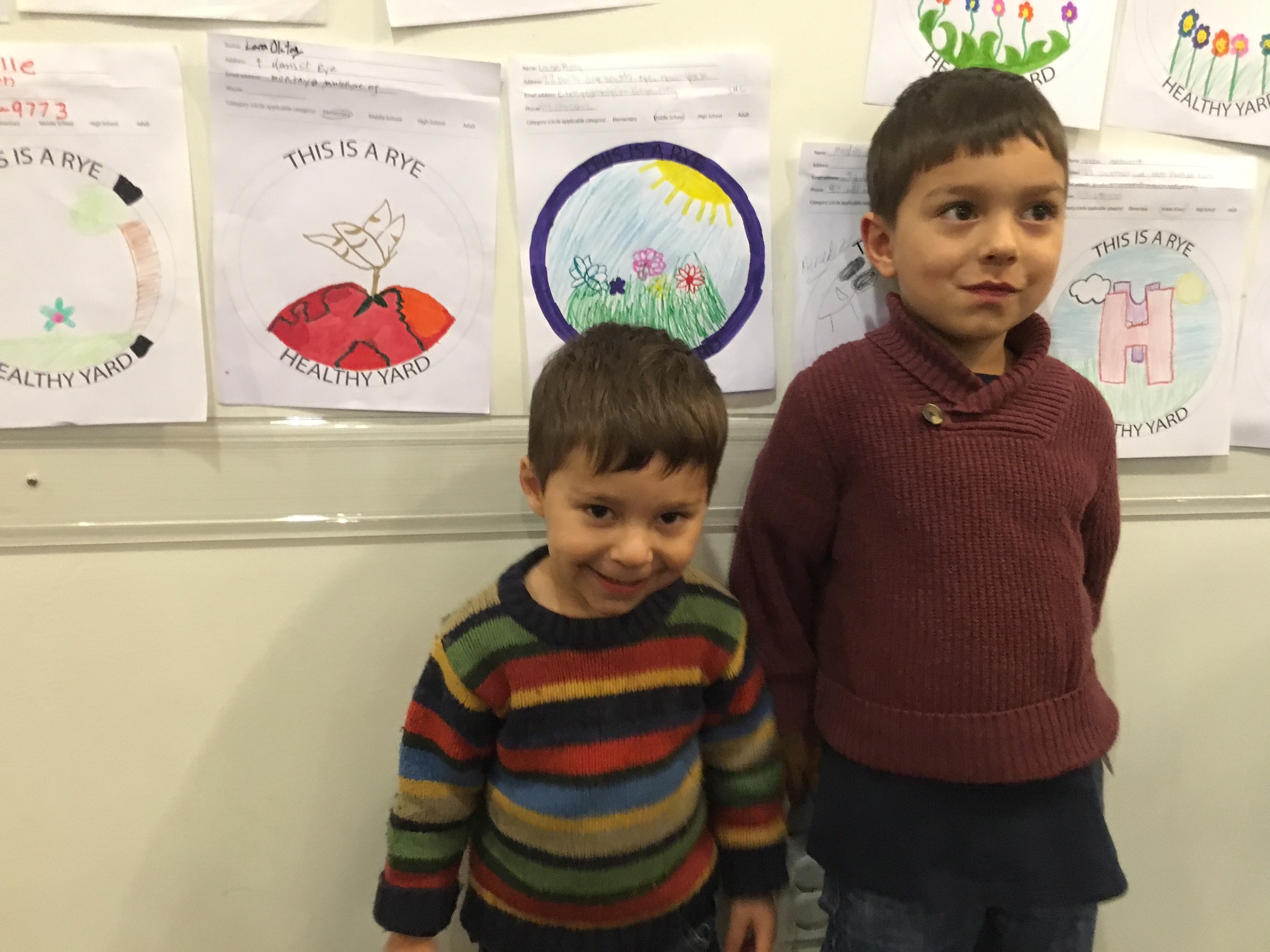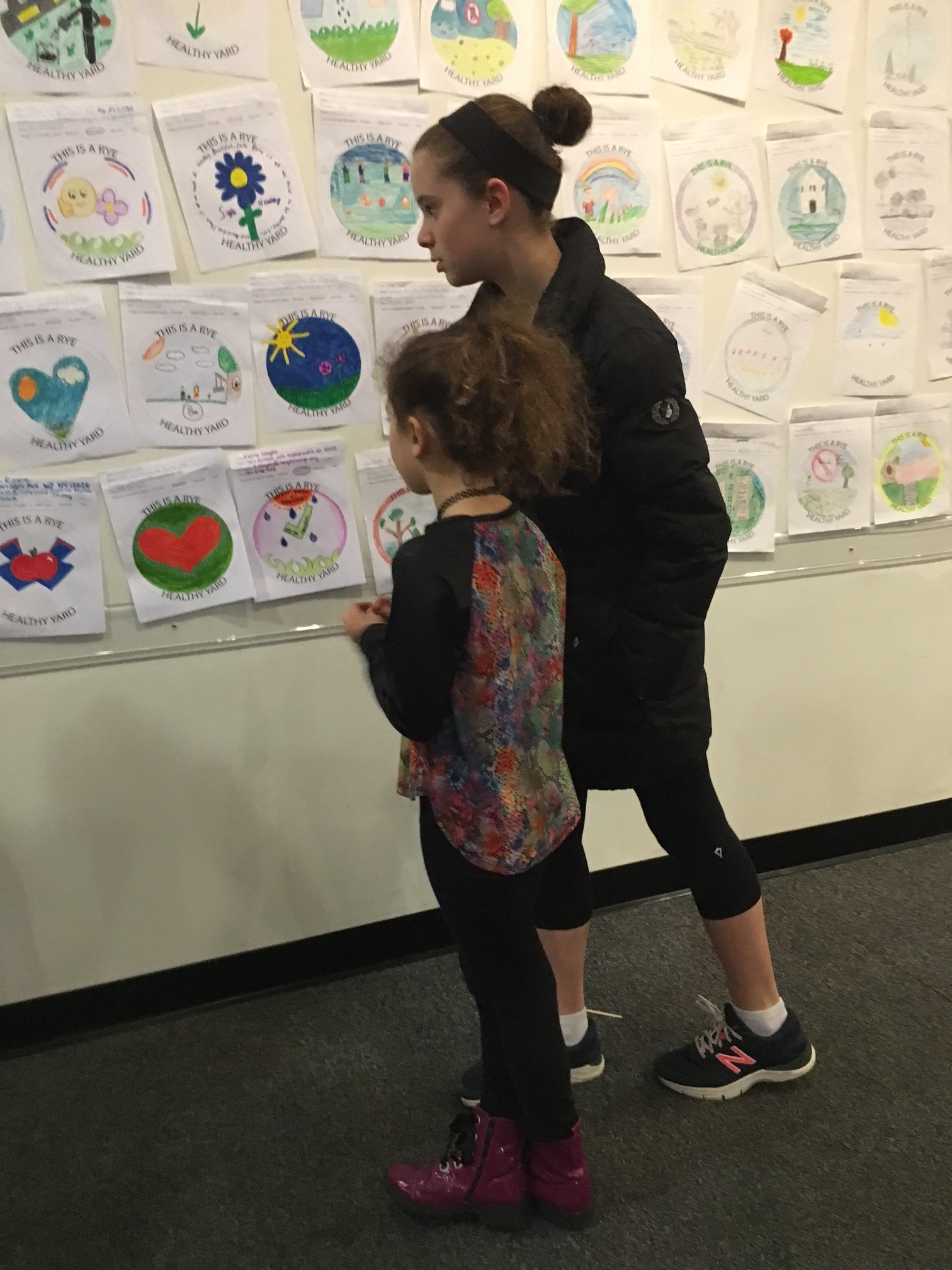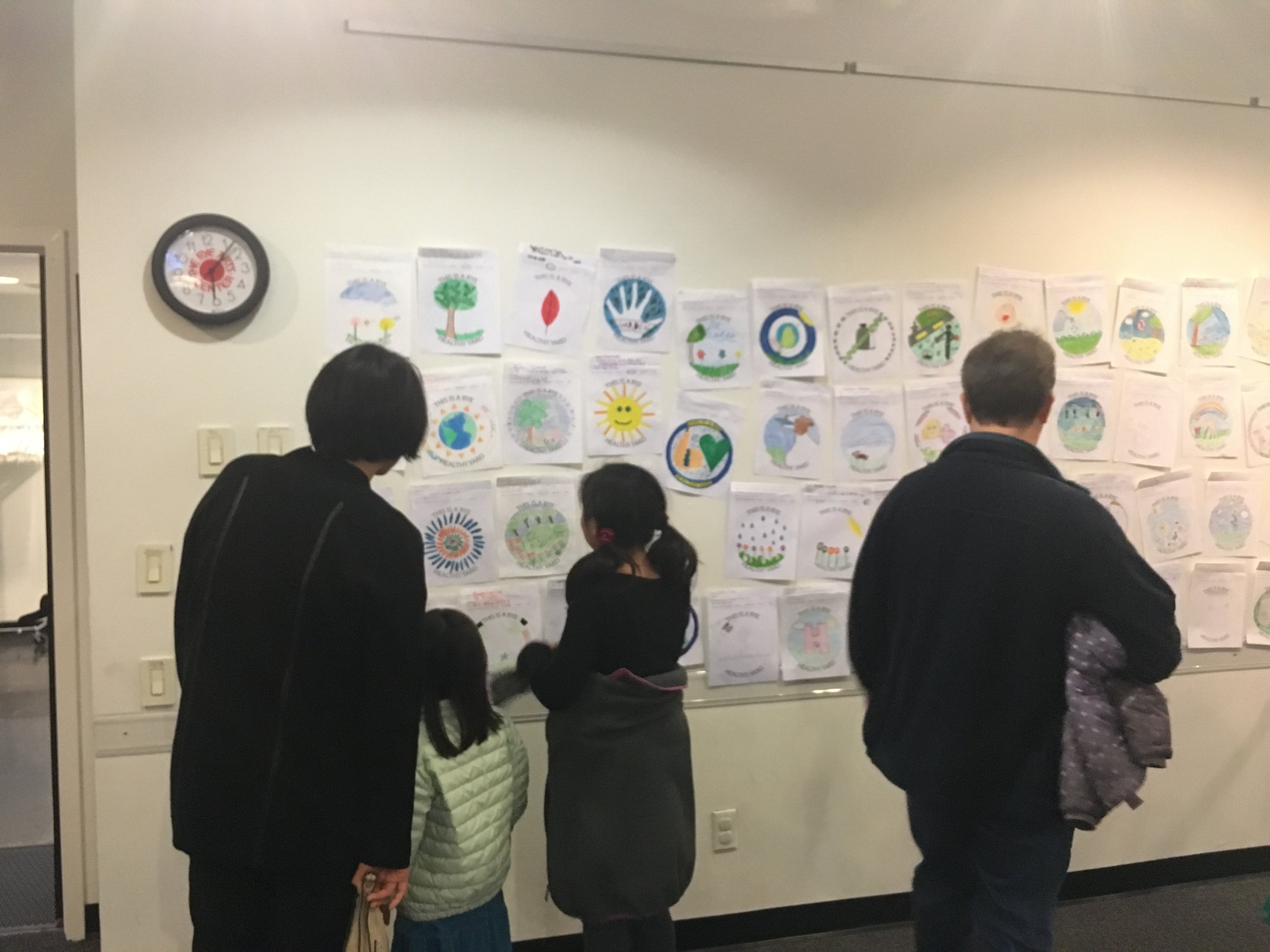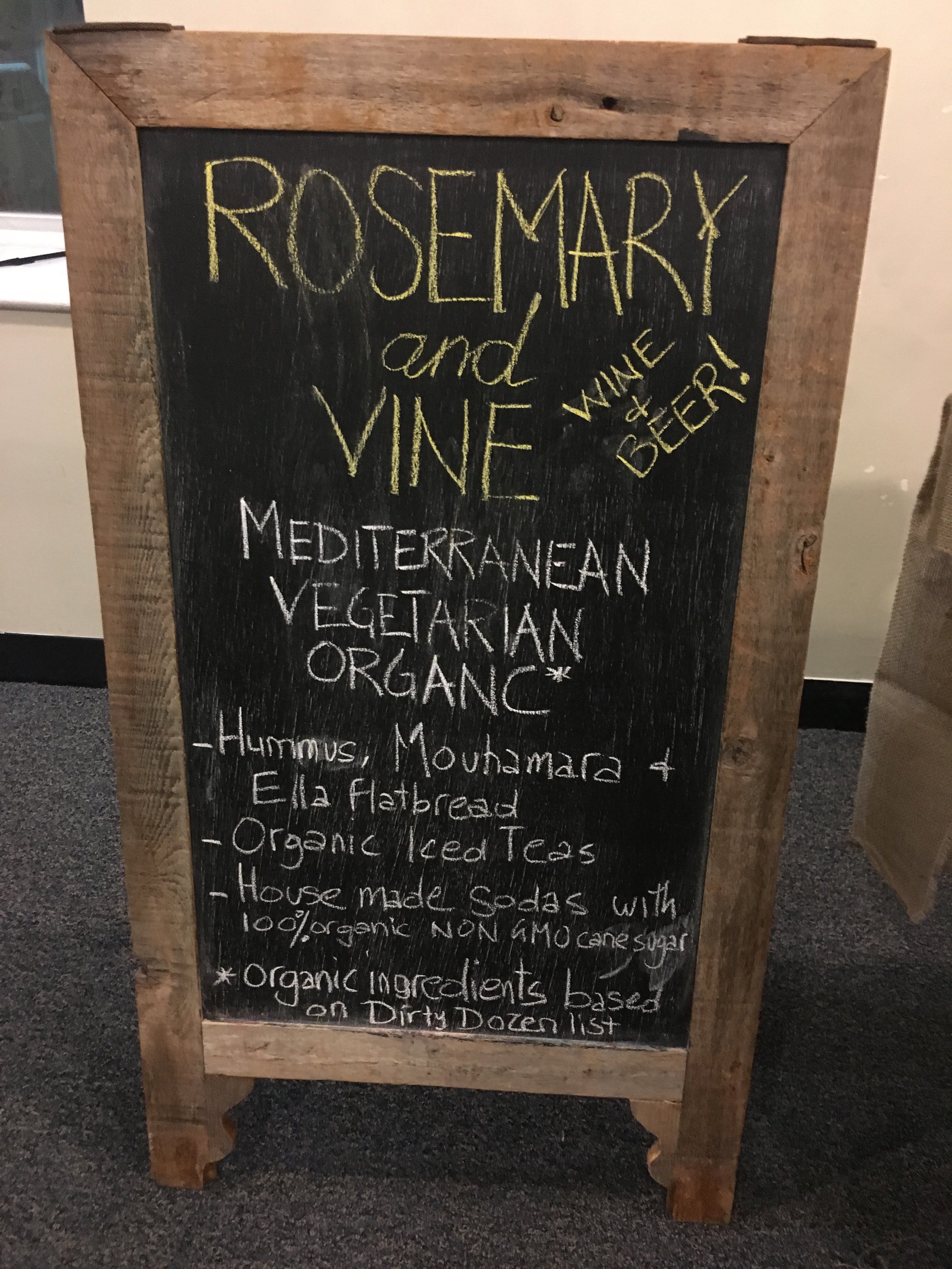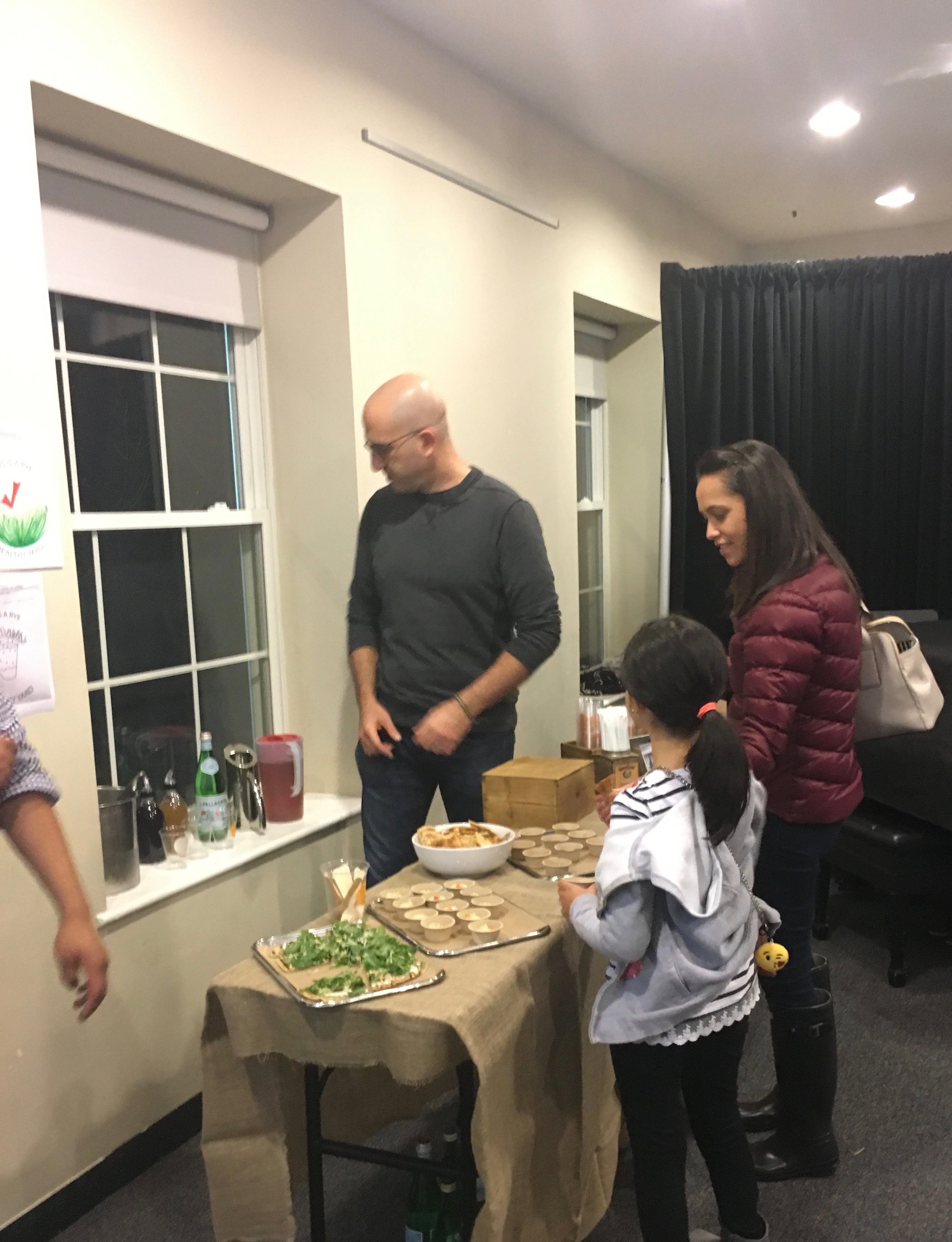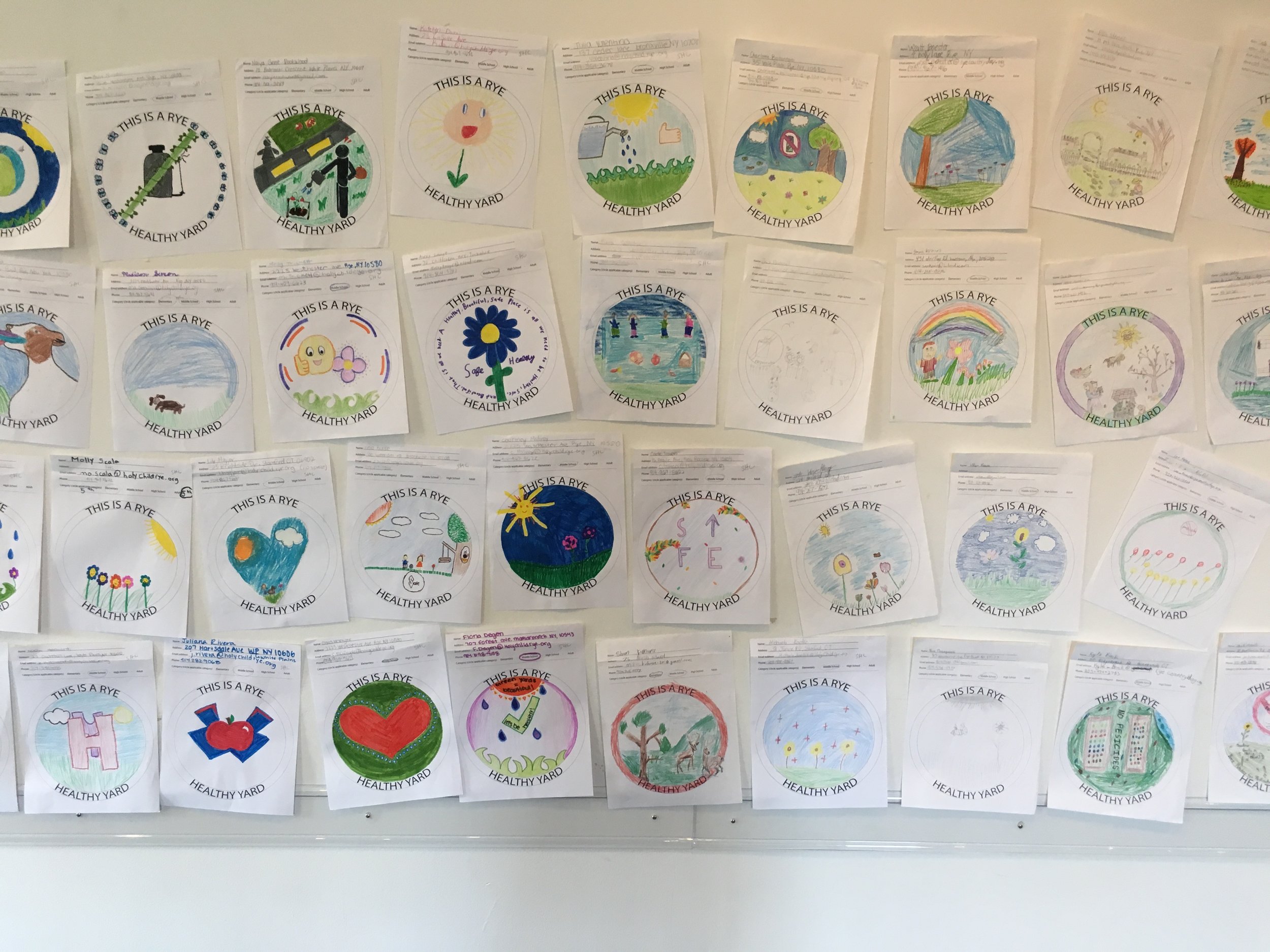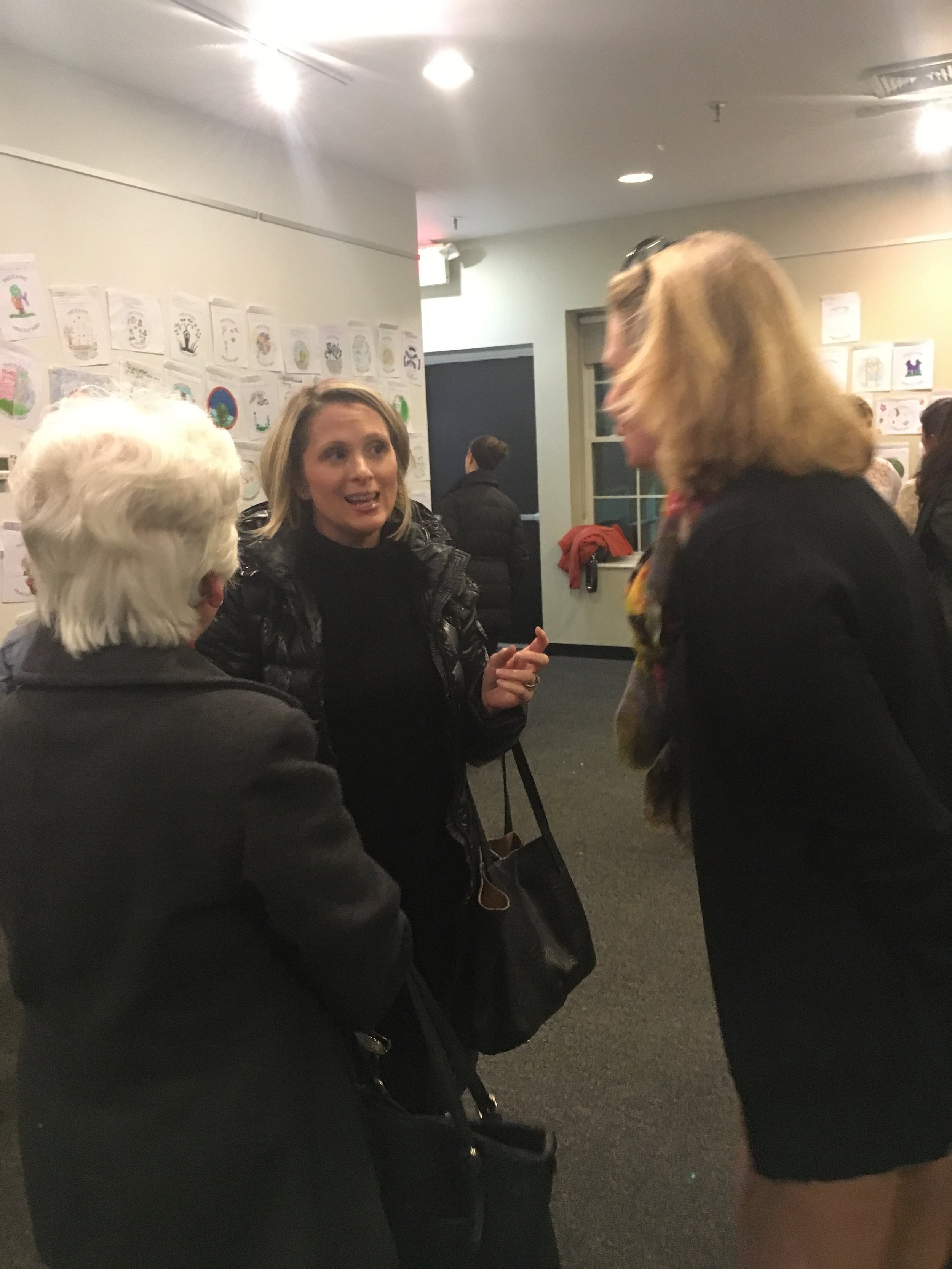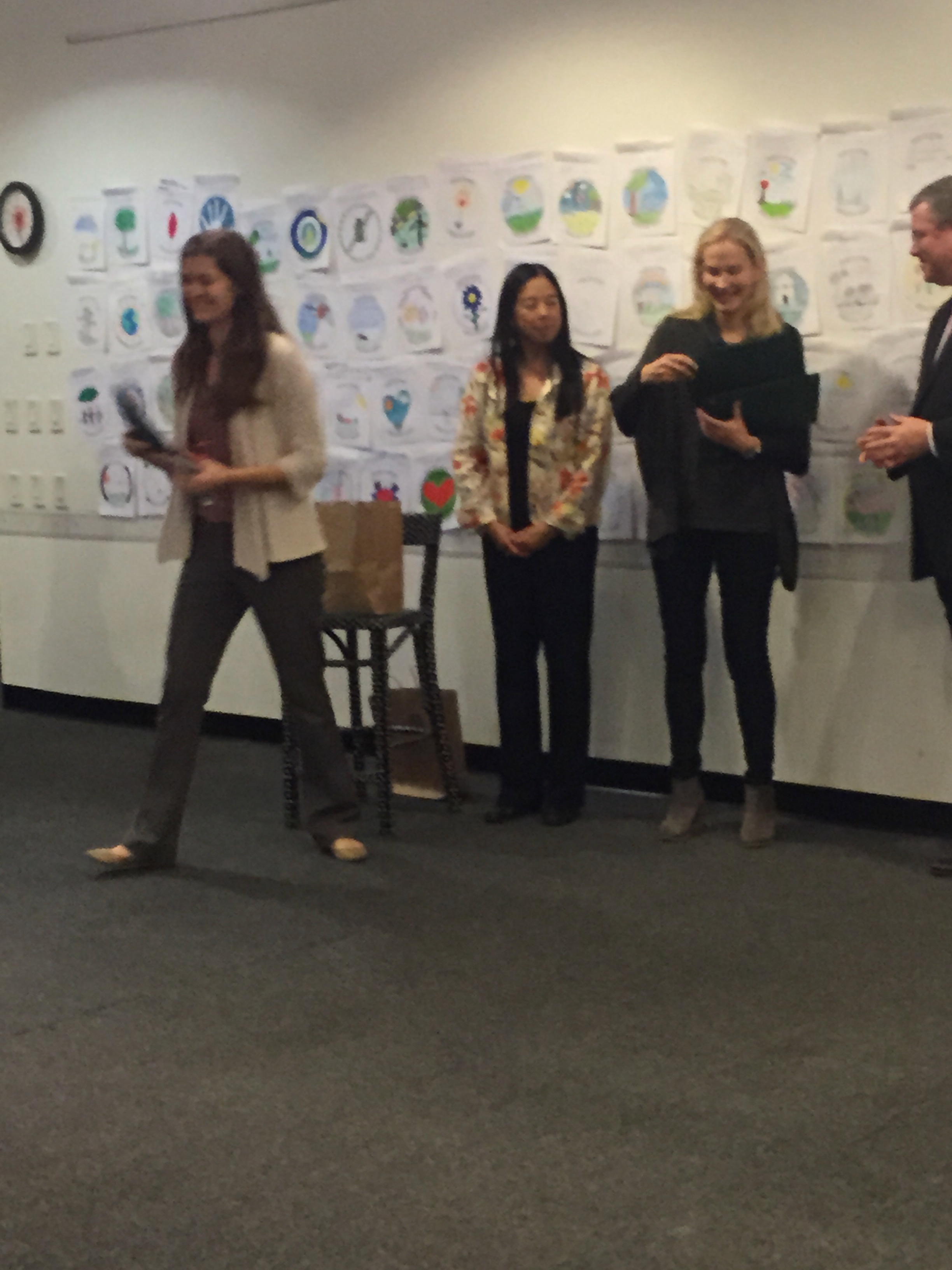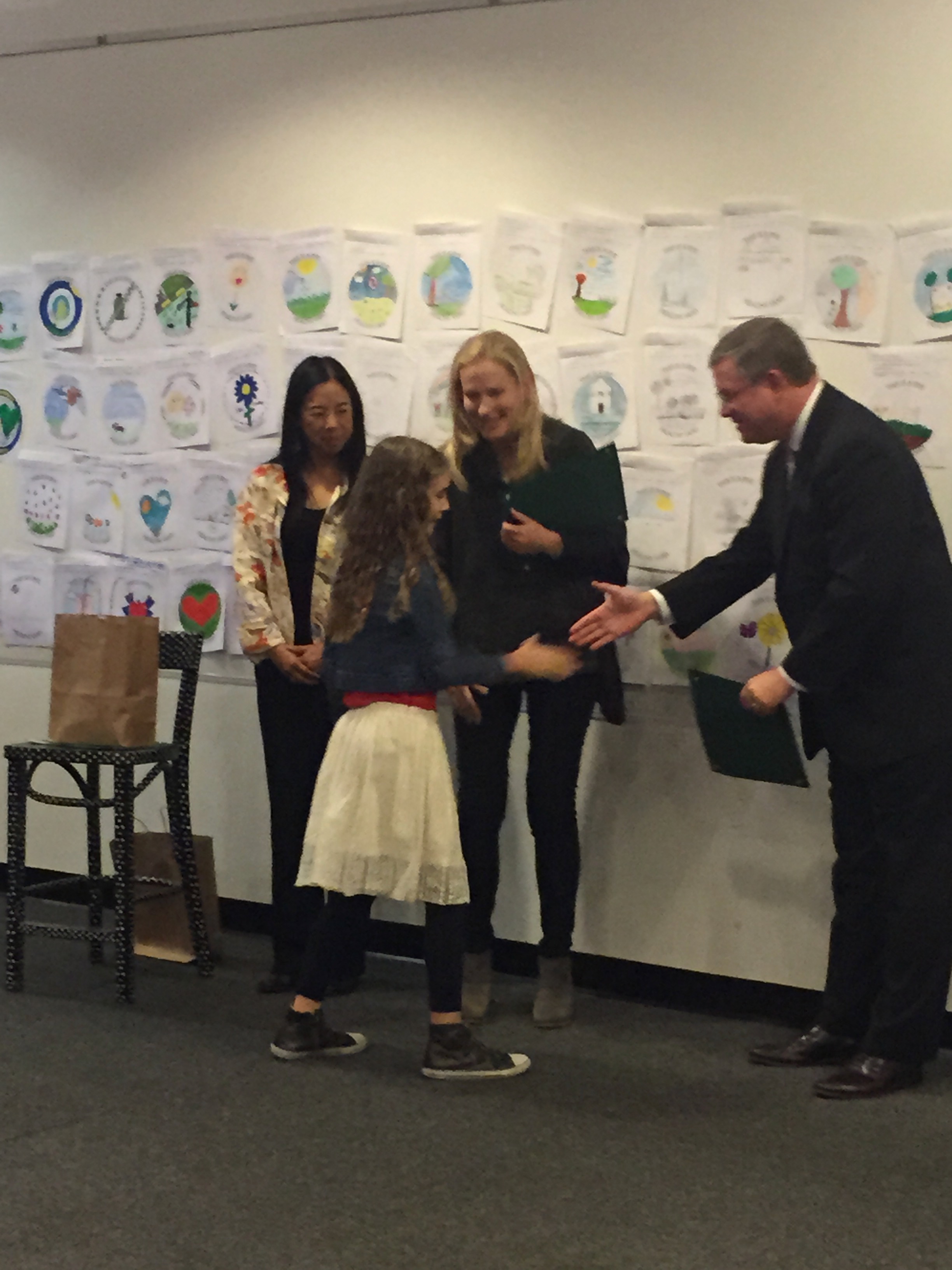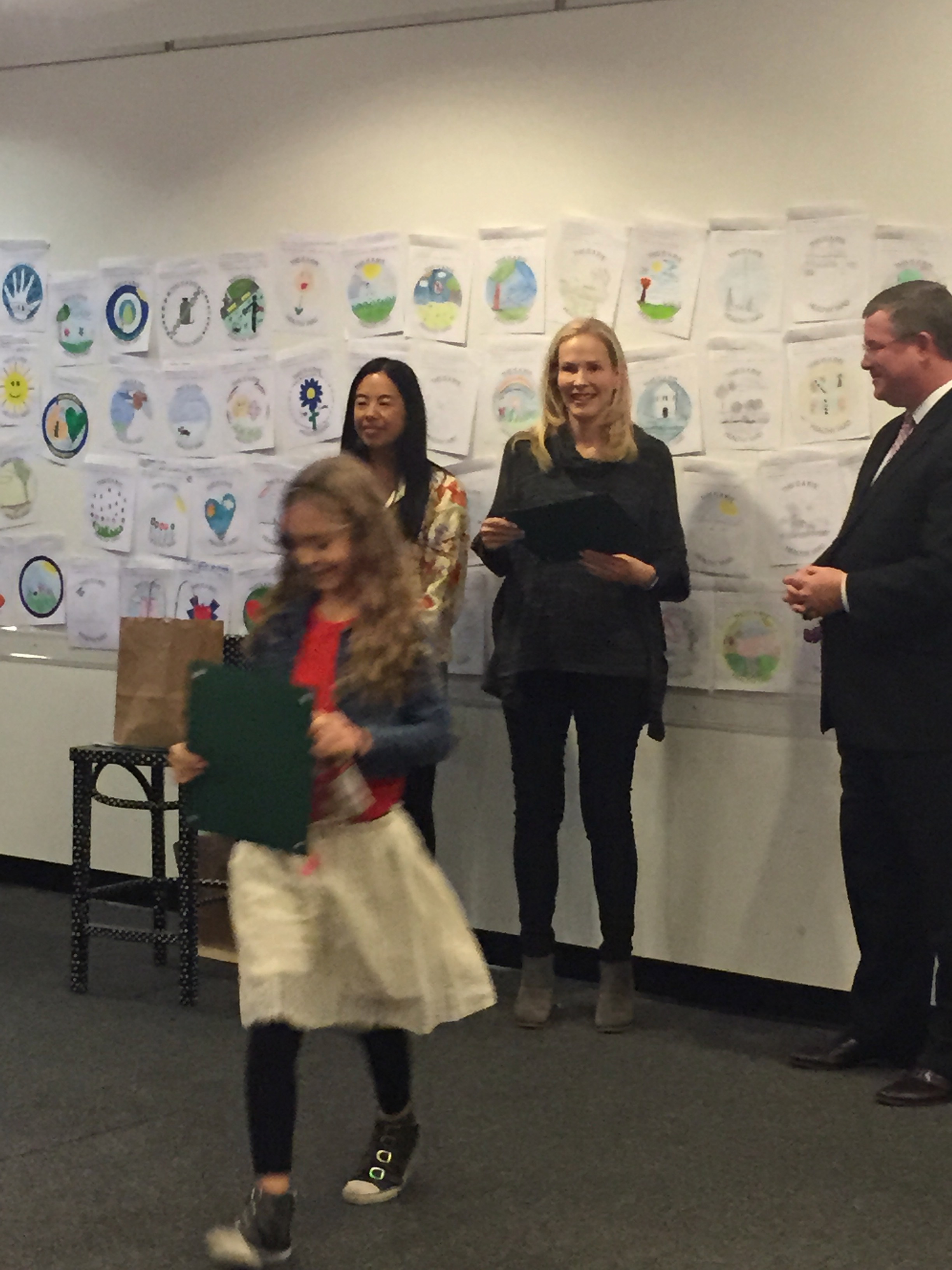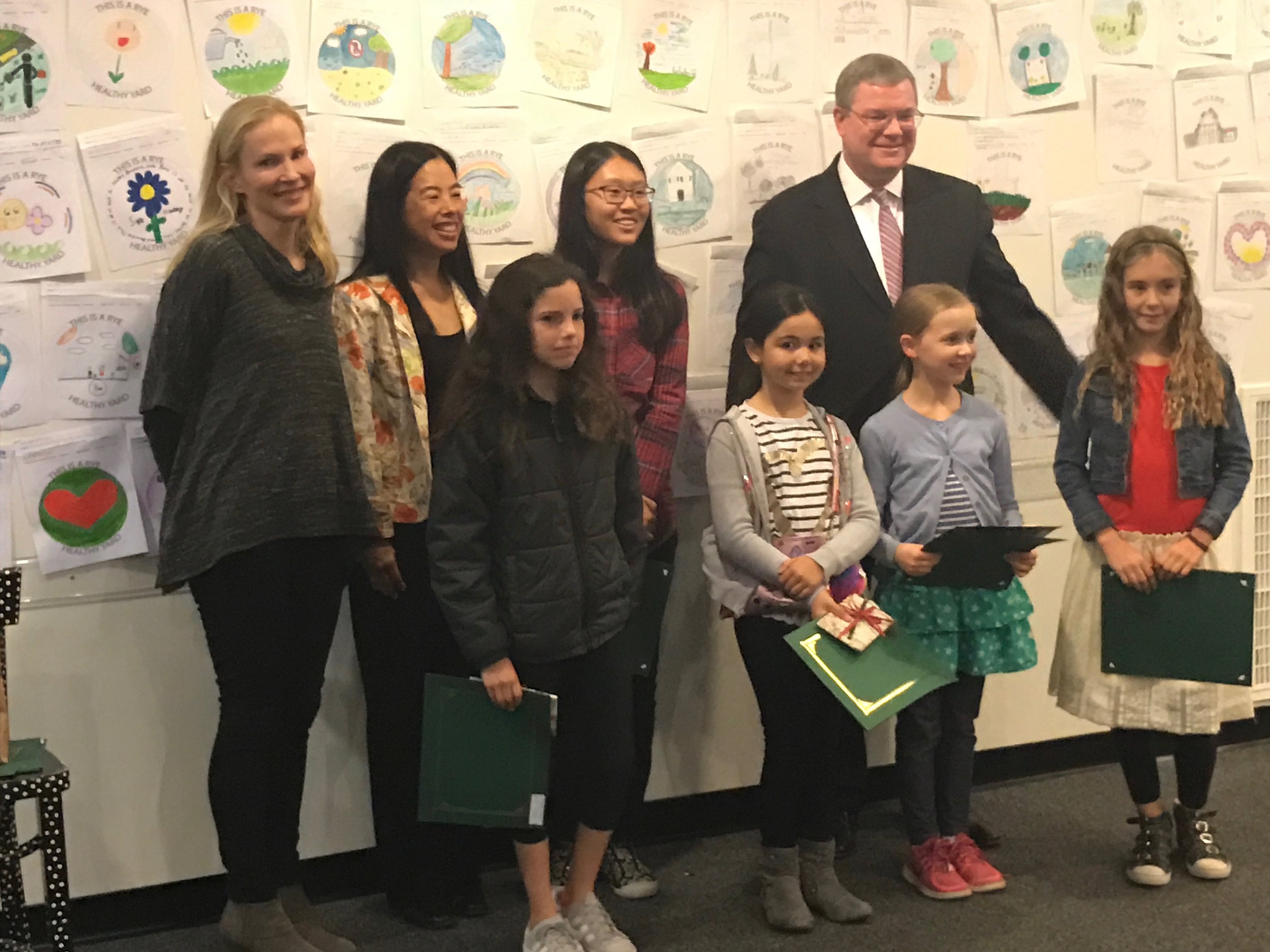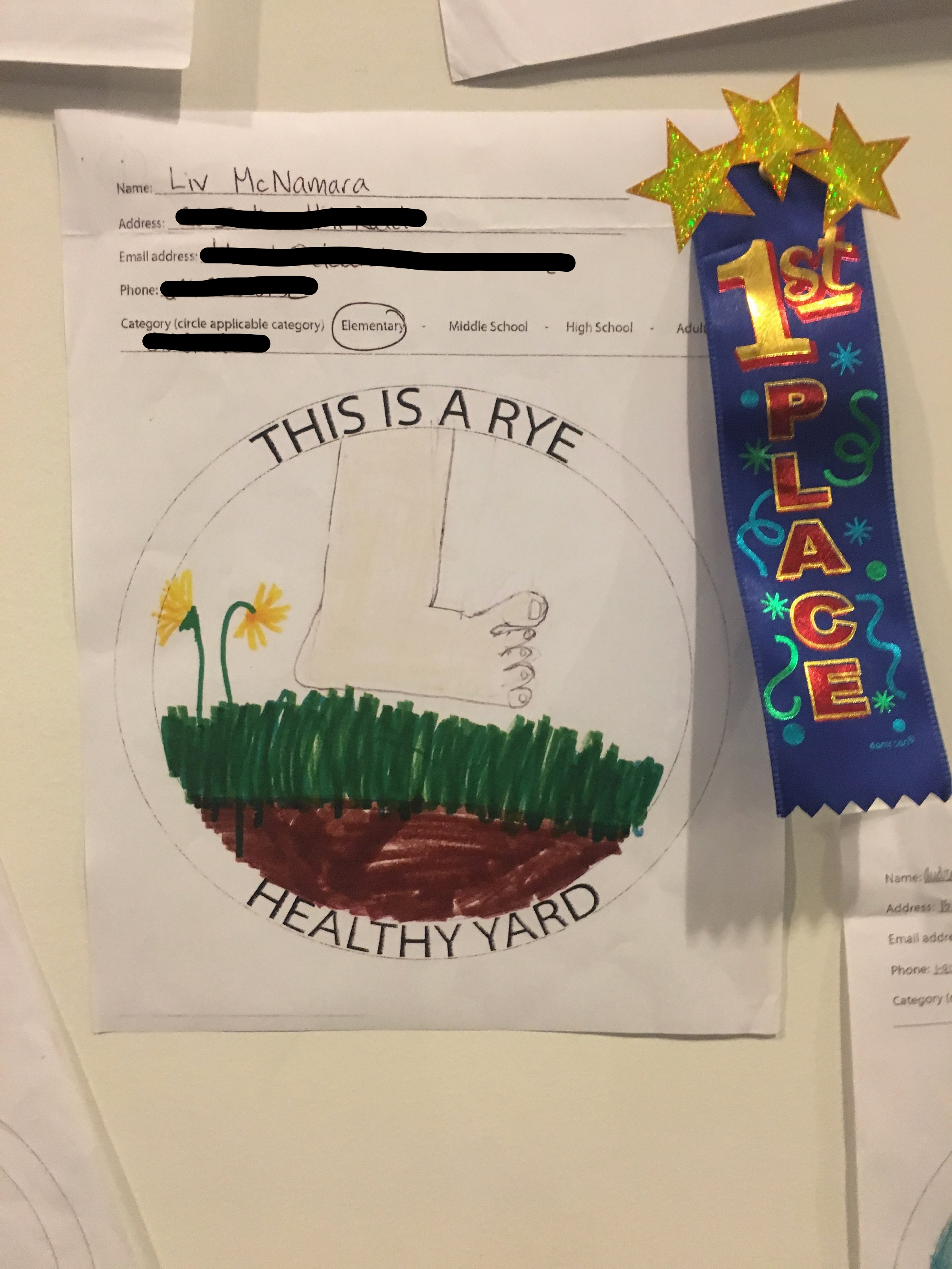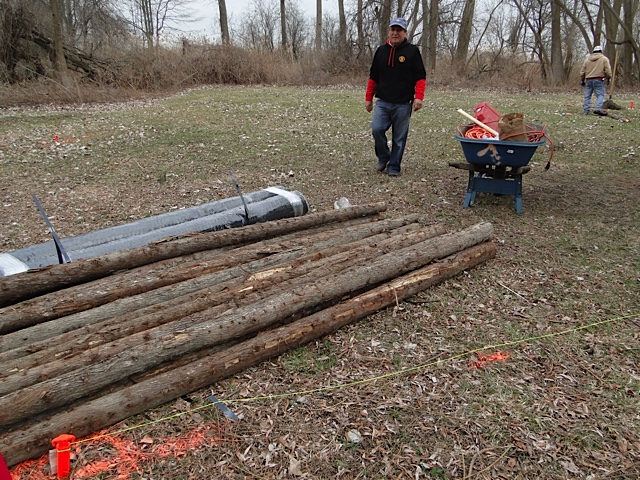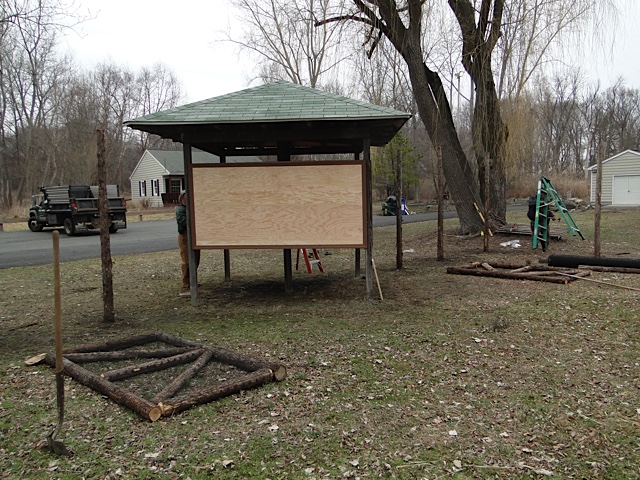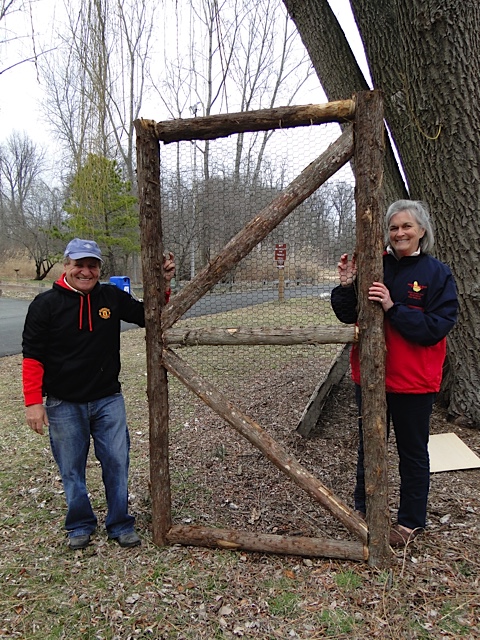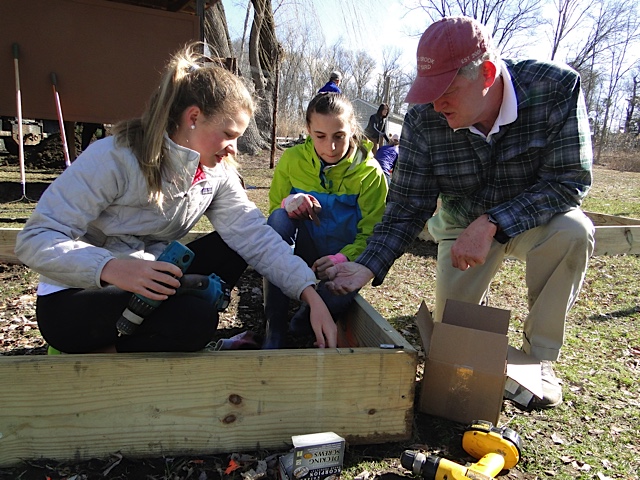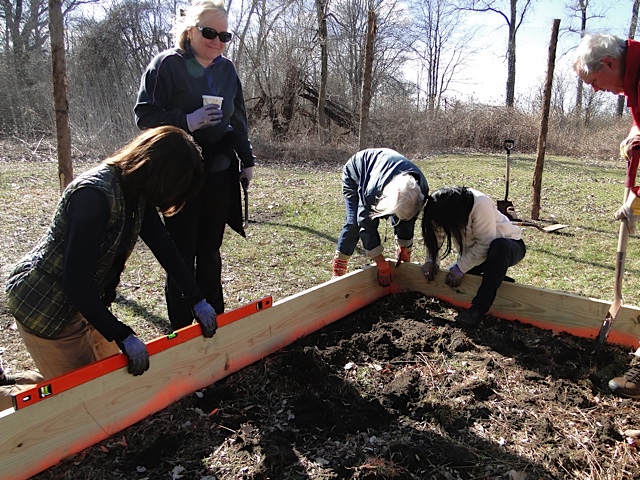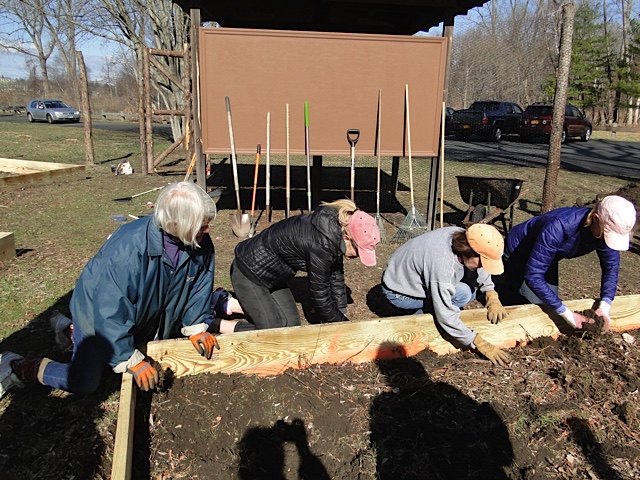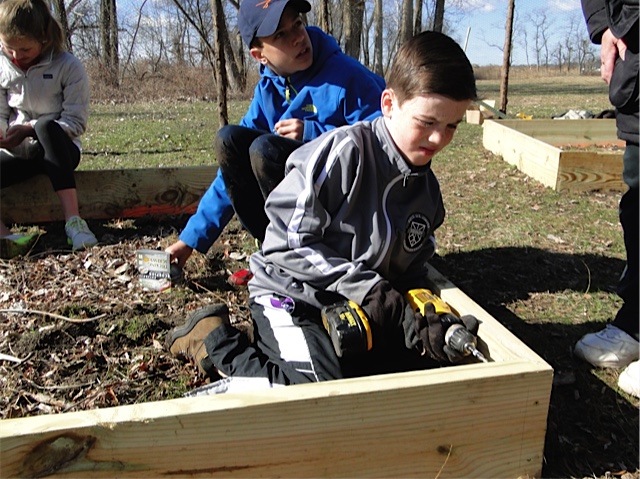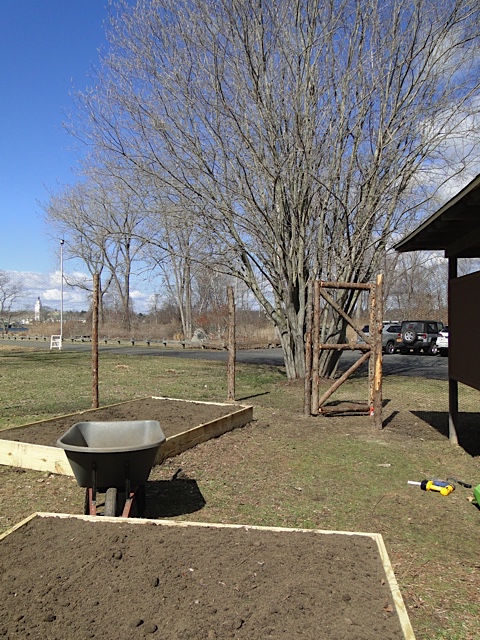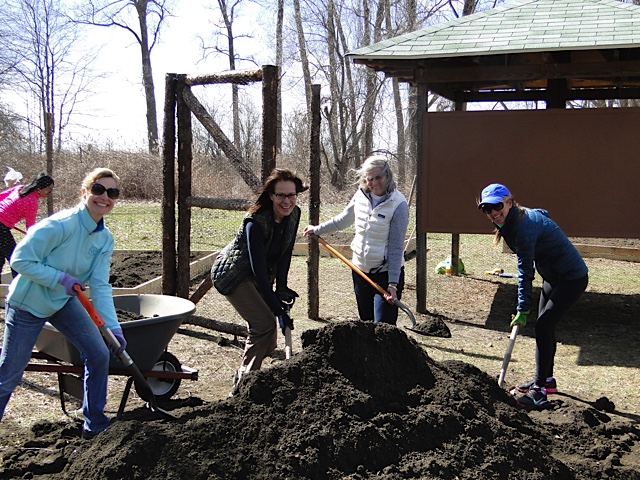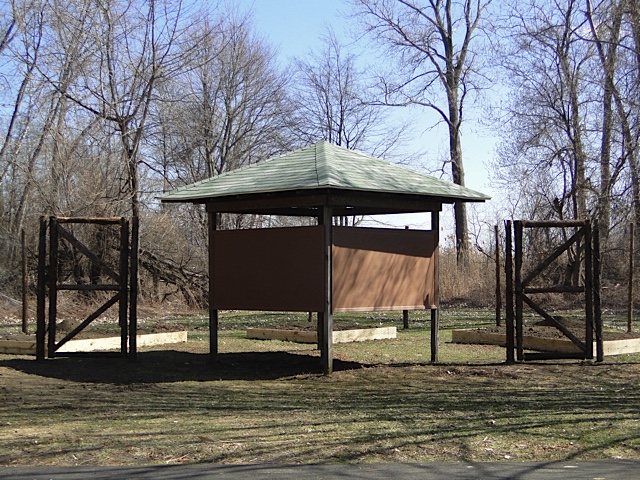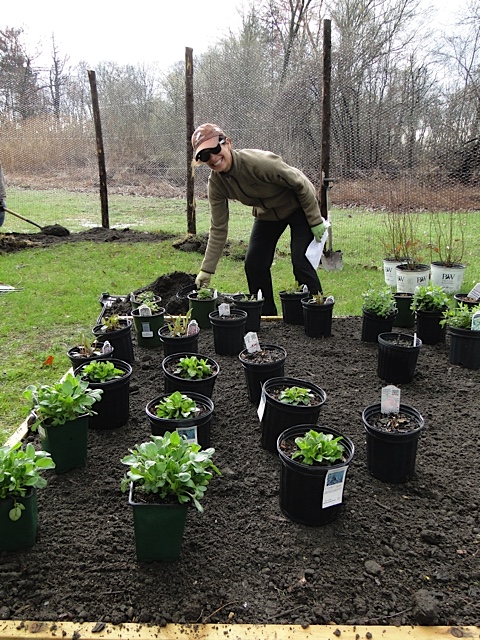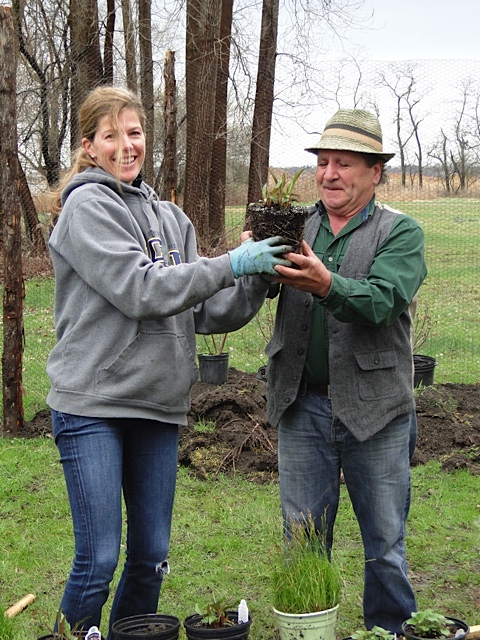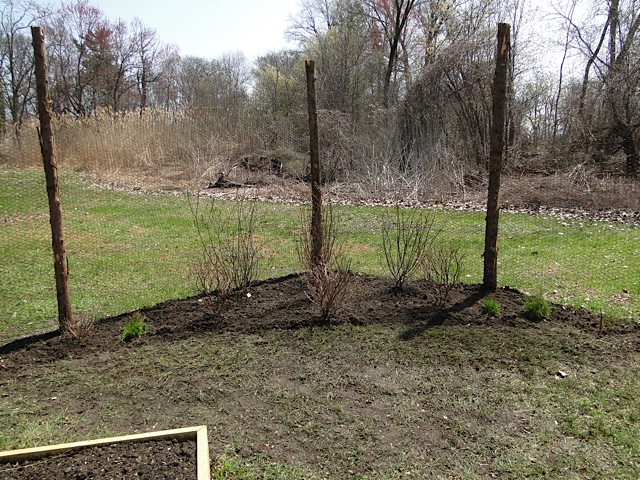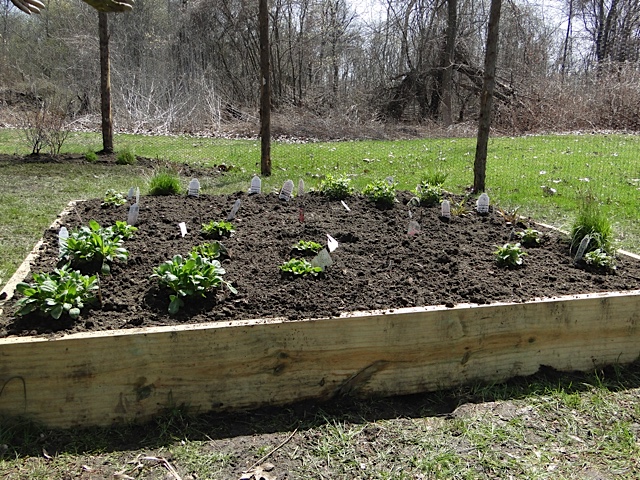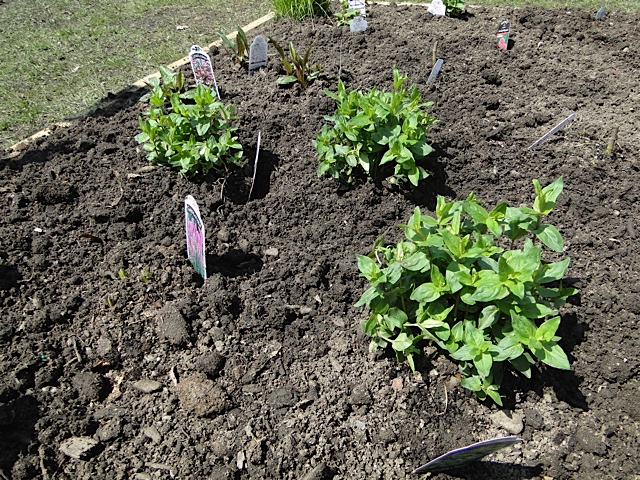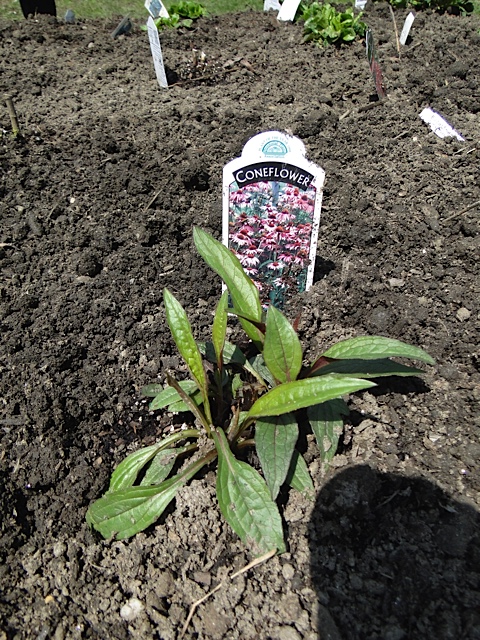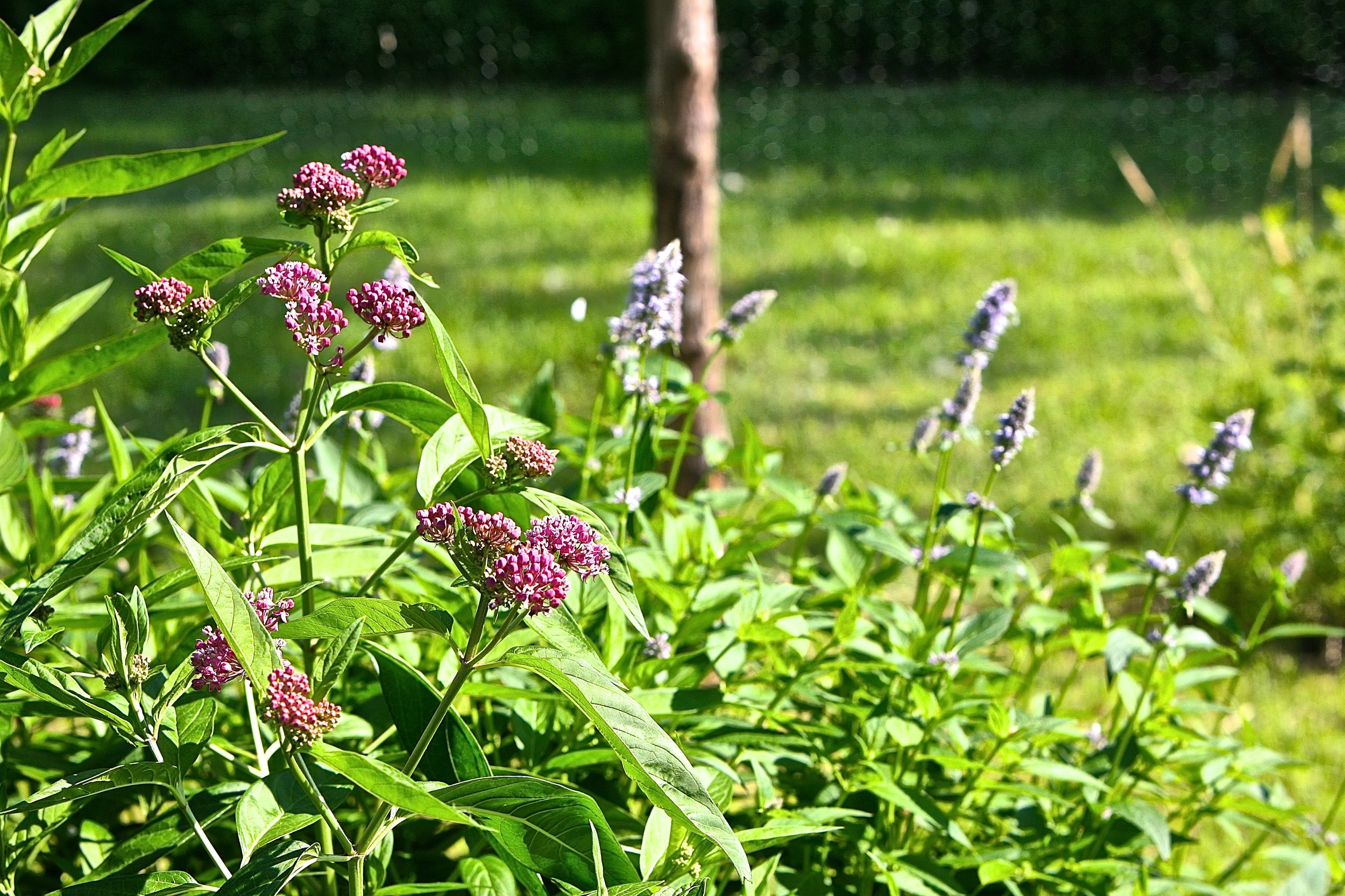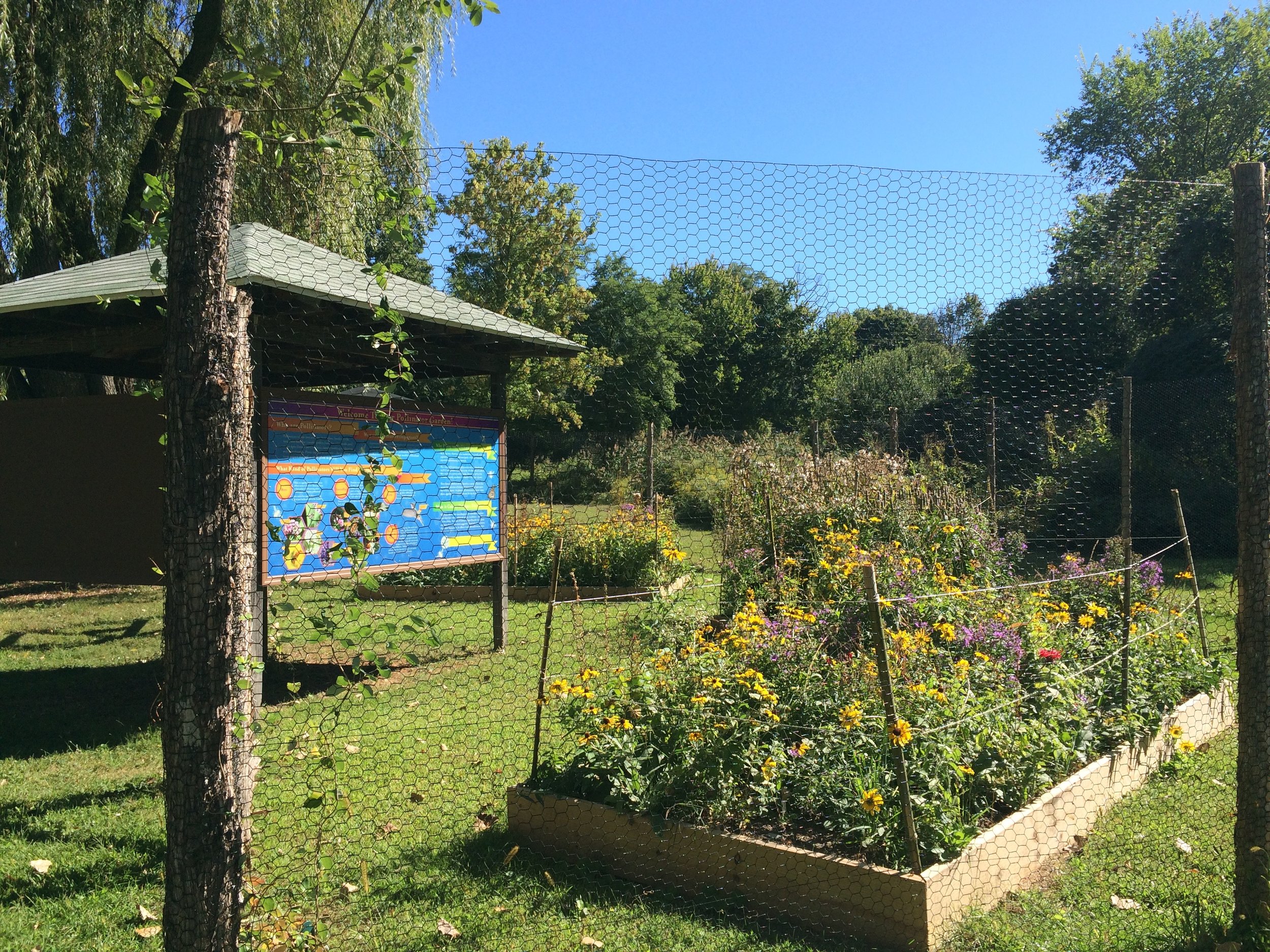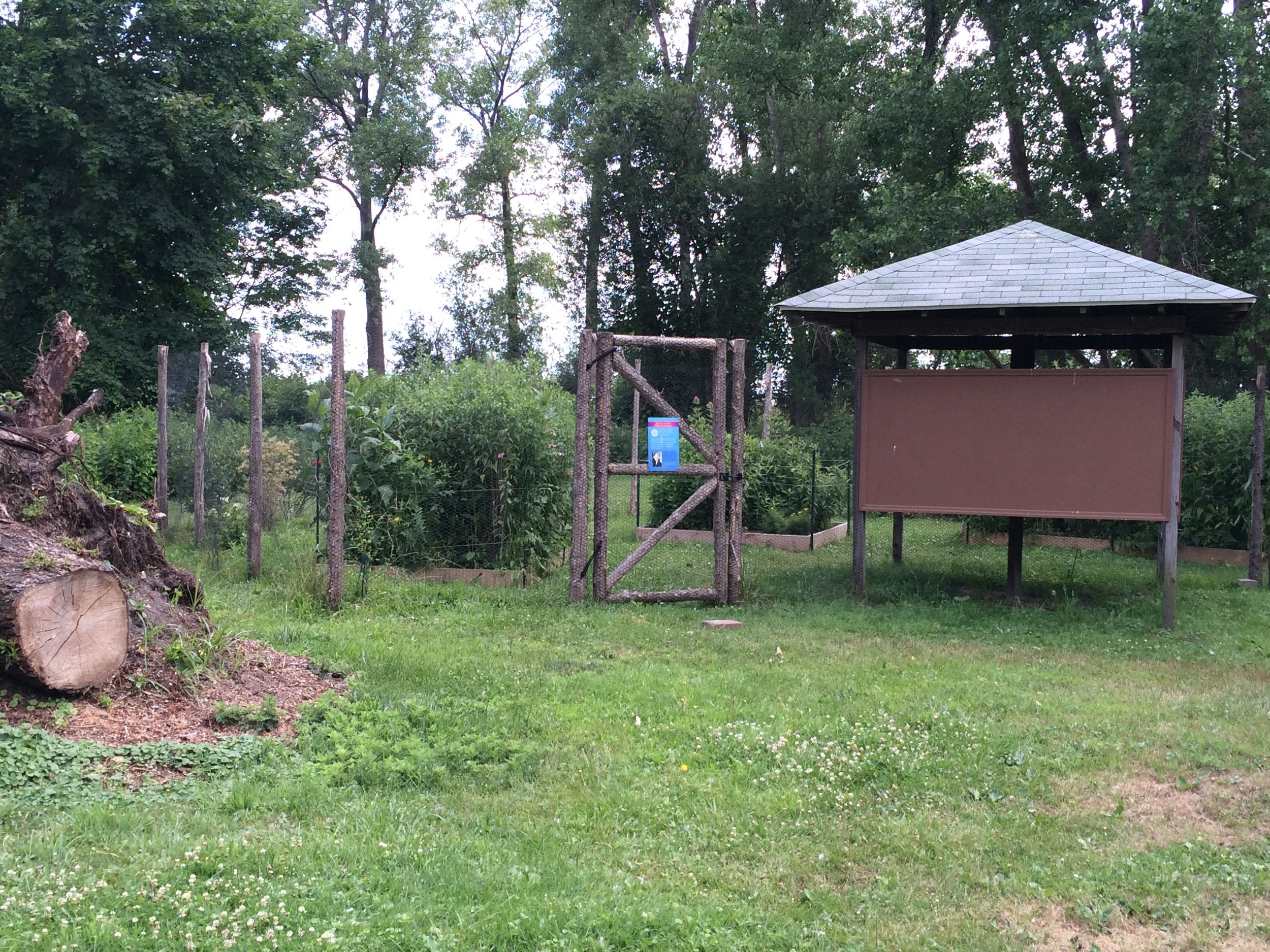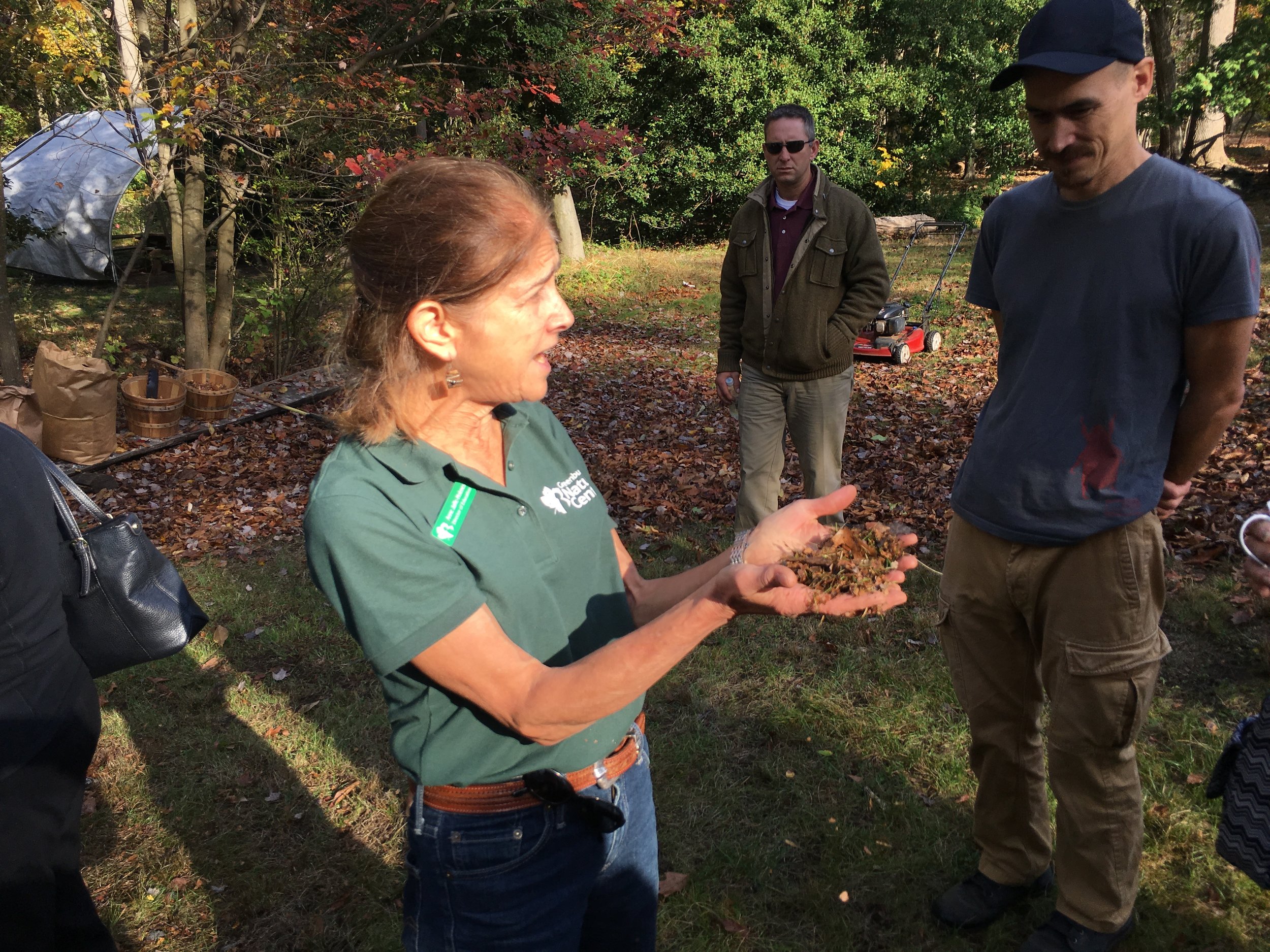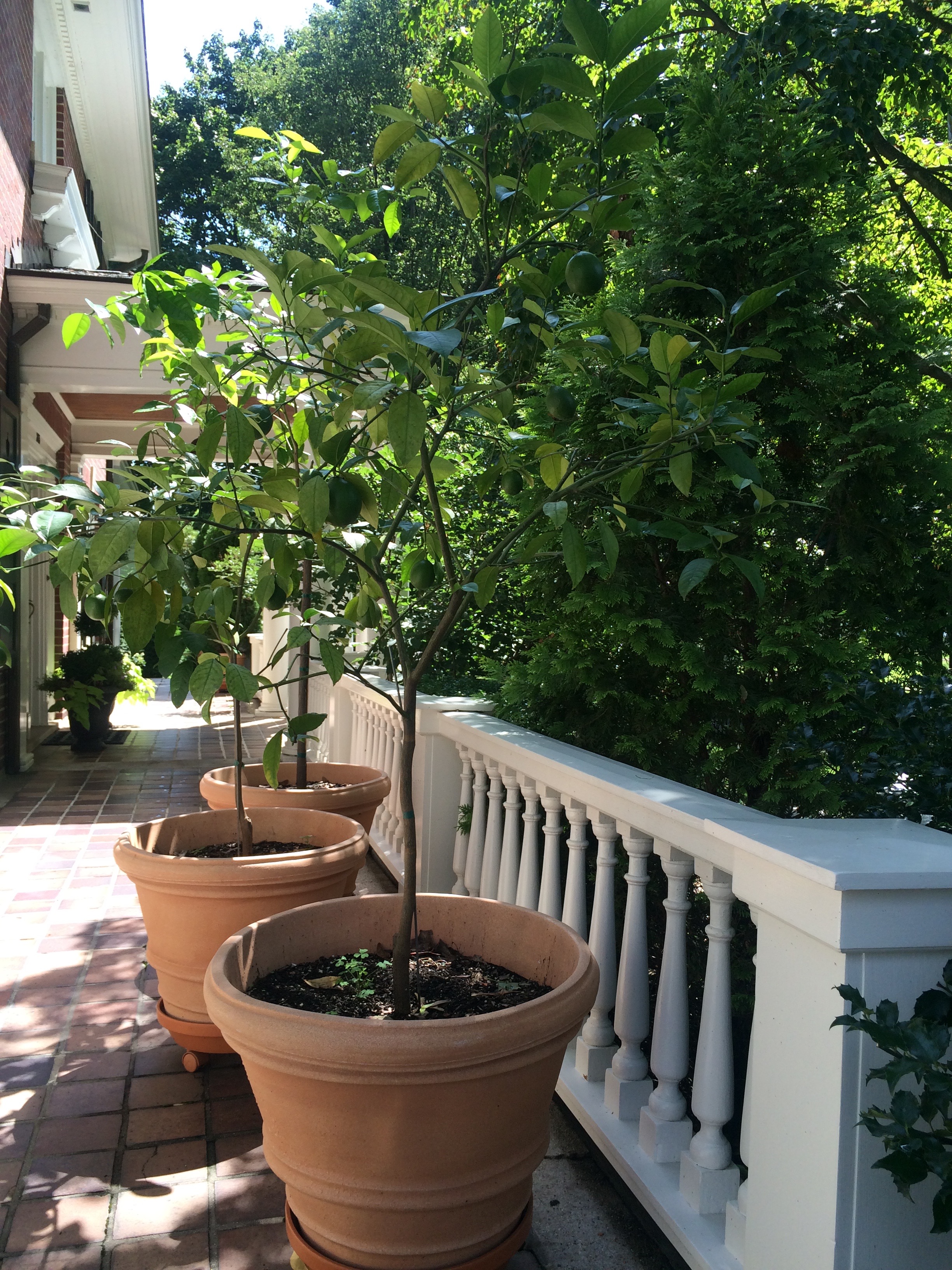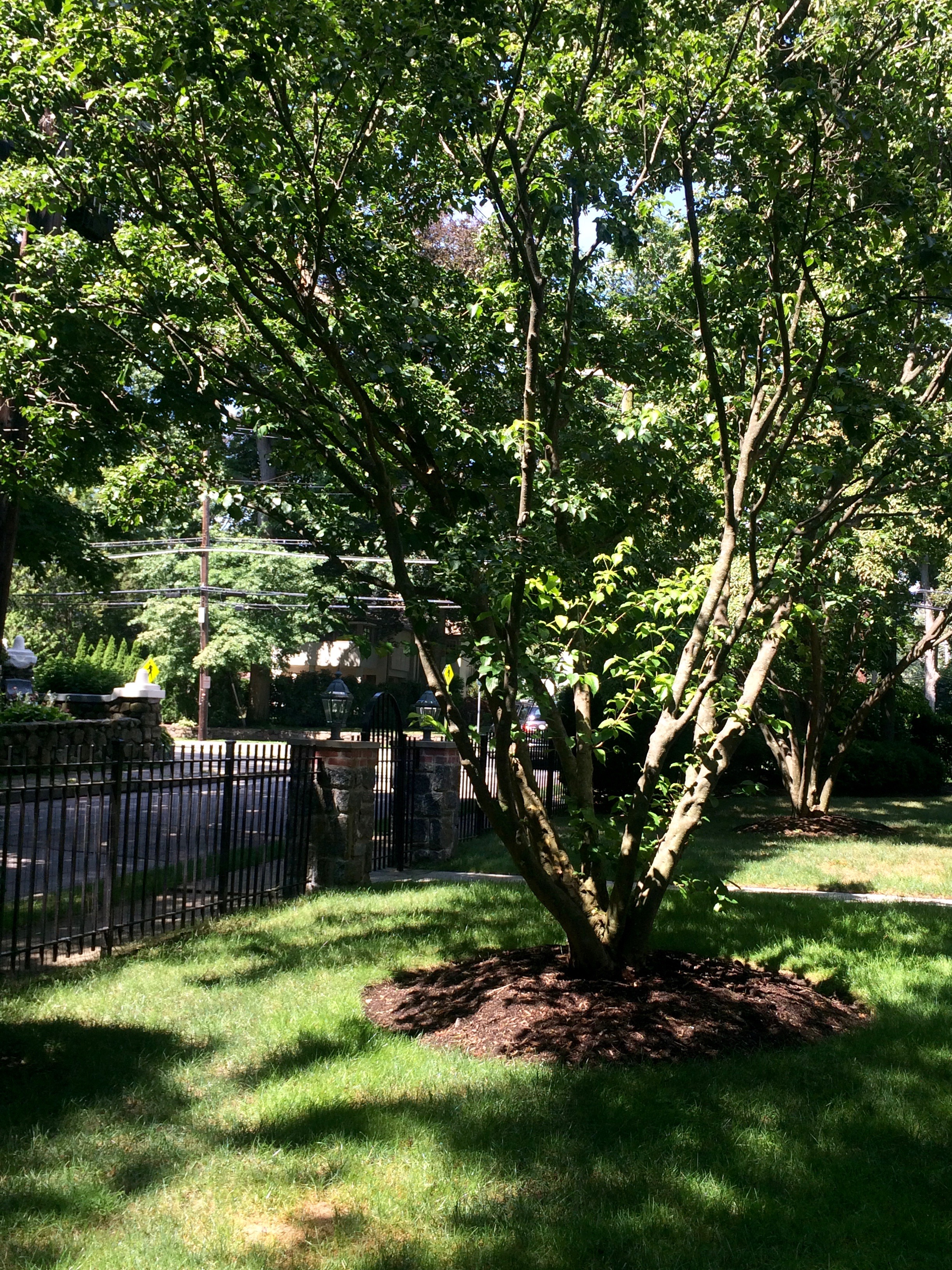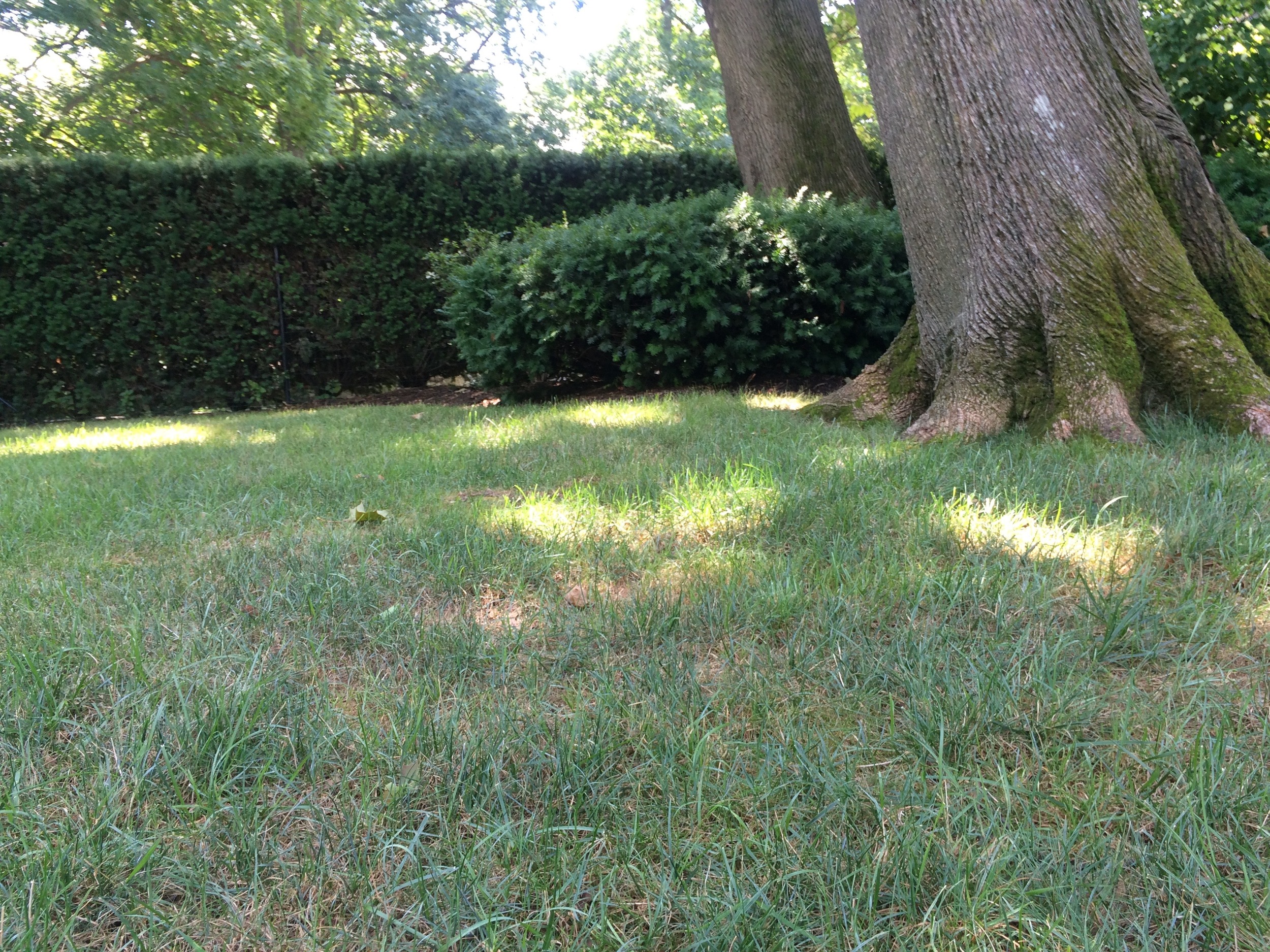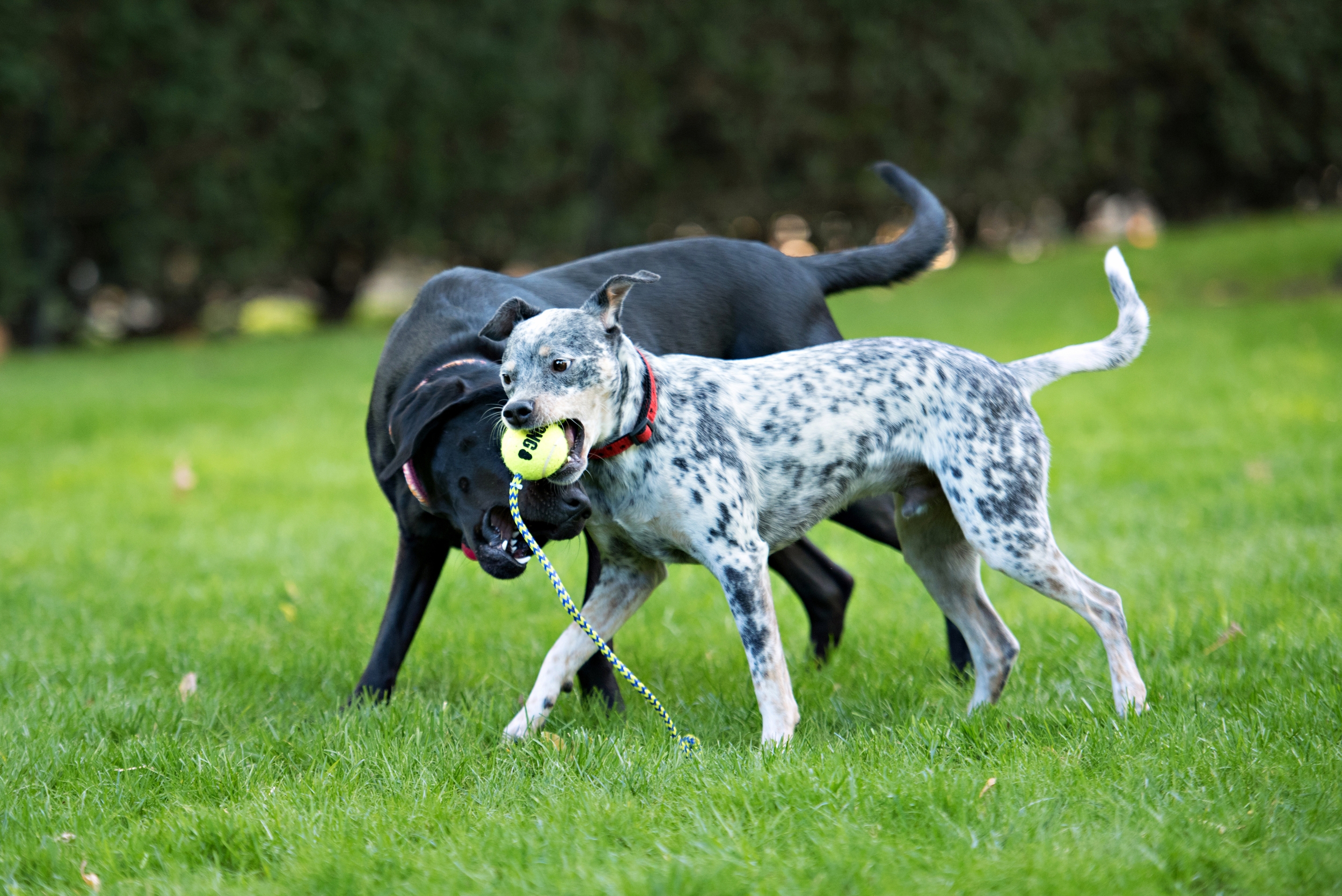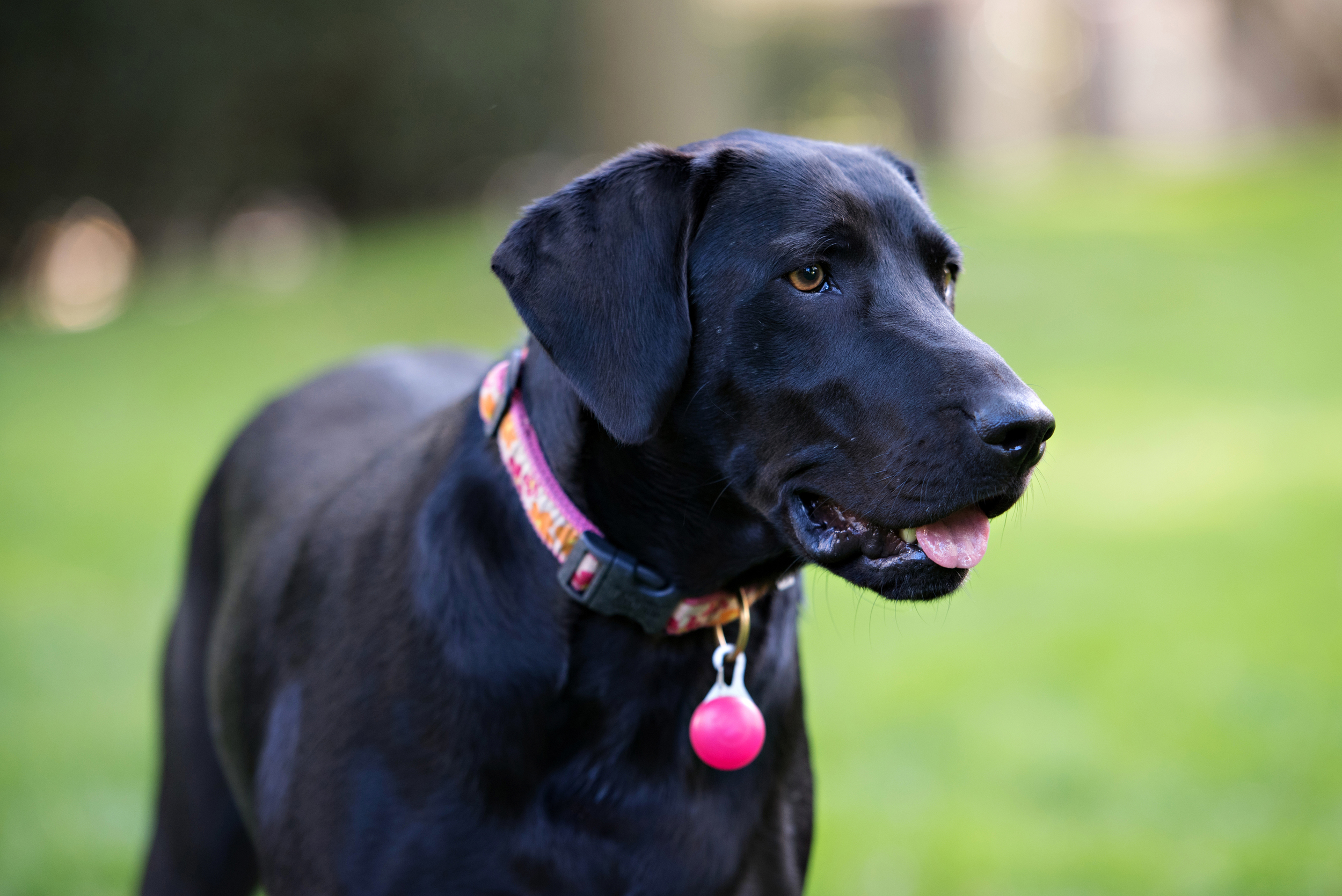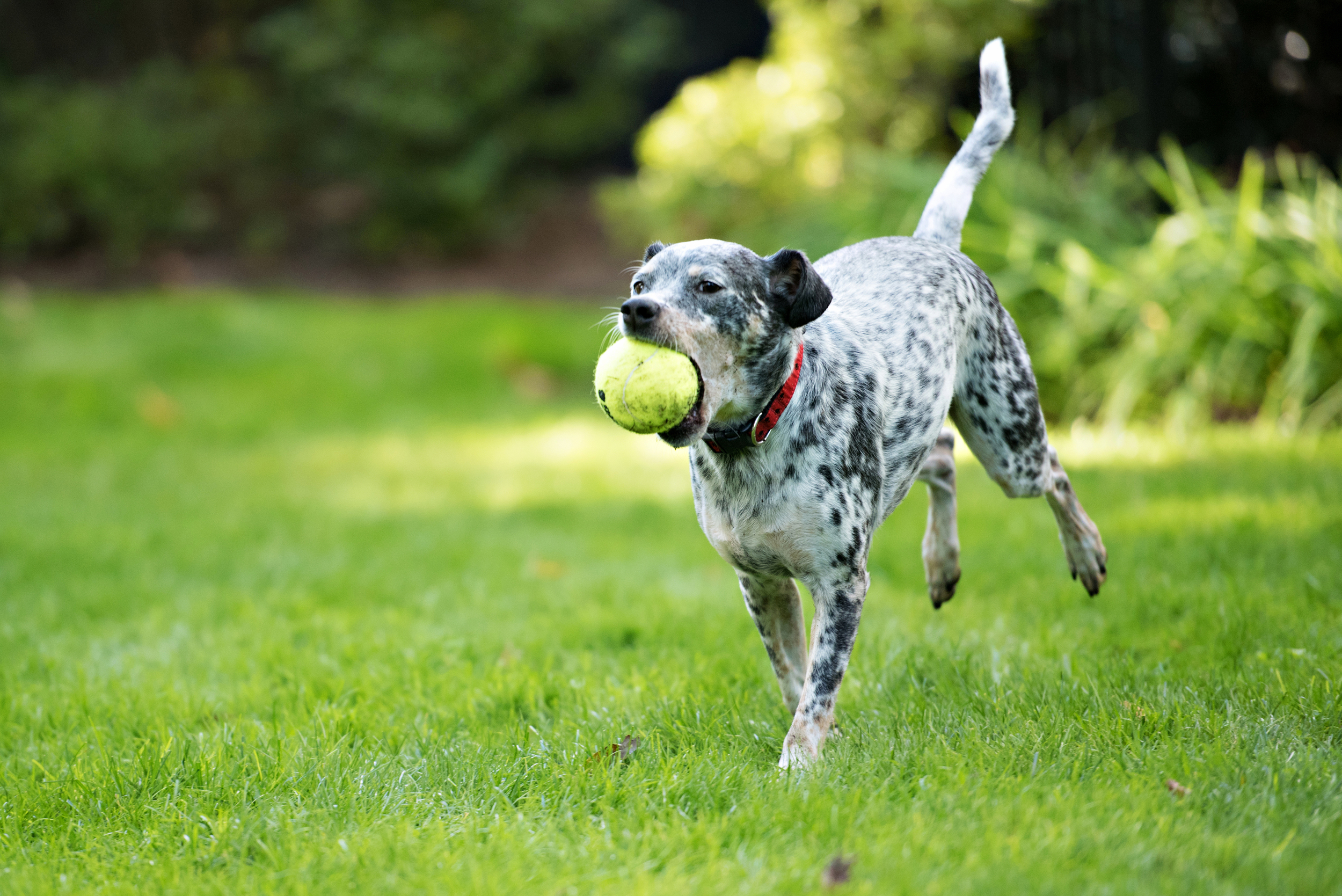Join your neighbors and participate in Rye’s Food Scrap Recycling program!
Get Outside
Ditch the device and get outside. Explore one of the many area parks or organizations (such as Rye Nature Center and Jay Heritage) with beautiful outdoor spaces.
For more ideas, check out these local Earth Week events.
Watch a Movie
The next Green Screen will be this Thursday, April 25, 6pm at Rye Country Day School.
This year’s screening will be The Clean Bin Project, a film about whether it’s possible to live completely waste free. Special guest speaker: Chef, writer, and media host extraordinaire, Erica Wides.
As always, the film, speaker and refreshments are free thanks to the generosity of Rye Sustainability’s Green Screen partner, Rye Country Day School. Register at Eventbrite.
Volunteer for a cleanup
See here and here for a variety of cleanup activities planned in the area for Earth Day and Week.
And to help keep Rye clean and beautiful, sign up for the RSC newsletter to be notified of upcoming events.
Sign up for Food Scrap Recycling
Sign up for Rye’s Food Scrap Recycling pilot program. Hundreds of residents are taking part and you can too. Register online here (click on the yellow banana).
Information and FAQs about the program can be found on the FSR Program Page.
Say No to single-use plastic
Say “No” today and every day. Bring your own Bag and consider eliminating plastic straws from your life.
Read more about Rye Sustainability's Sound Shore Last Straw initiative here.
Plant a tree!
One of Rye’s street trees funded by the Rye Tree Fund.
You can do it in your own yard or donate to RSC's Tree Fund to help defray costs associated with street tree plantings.
Say No to harmful pesticides
Read how to do it here, then complete the Rye Healthy Yard Pledge and receive your free lawn sign!
Say Yes to pollinators!
It's easy to plant a pollinator garden and the colorful plants that attract pollinators are beautiful. Visit Rye Garden Club's pollinator garden at Edith Read Wildlife Sanctuary and then use the pollinator pamphlet to plant your own.
Recycle …
those wine corks at one of RSC's participating Put a Cork in it food establishments.
Be inspired by leaders in sustainability
Read about last year’s winners of the Rye Sustainability Leadership Award and what they've accomplished. This year's winner(s) will be announced on April 24 at Rye City Council’s general meeting.
Need more ideas?
Take a look at RSC's Tips for Homeowners on how to live a sustainable life.
